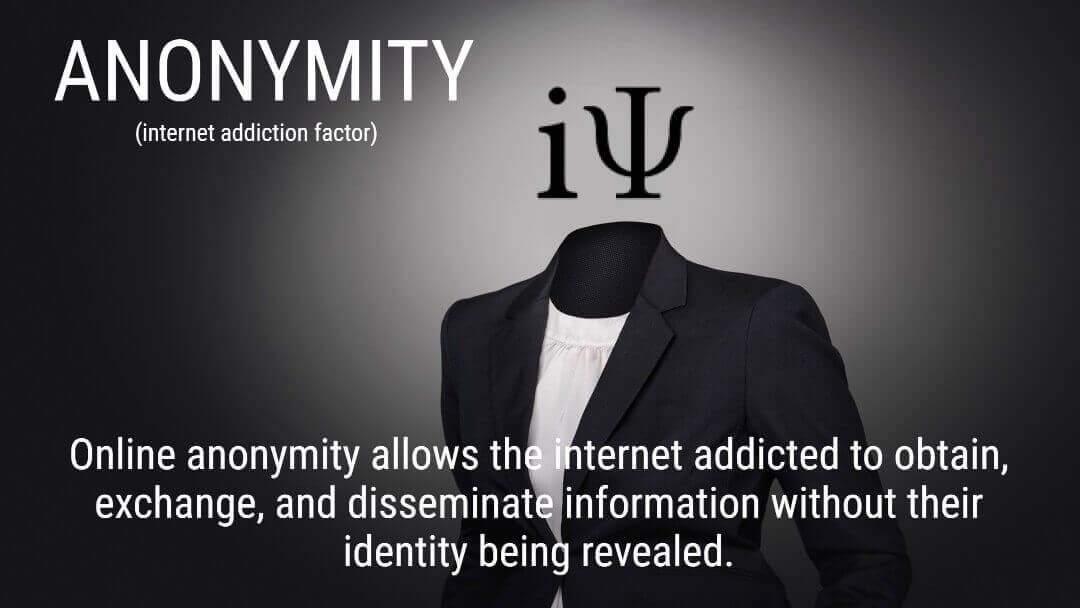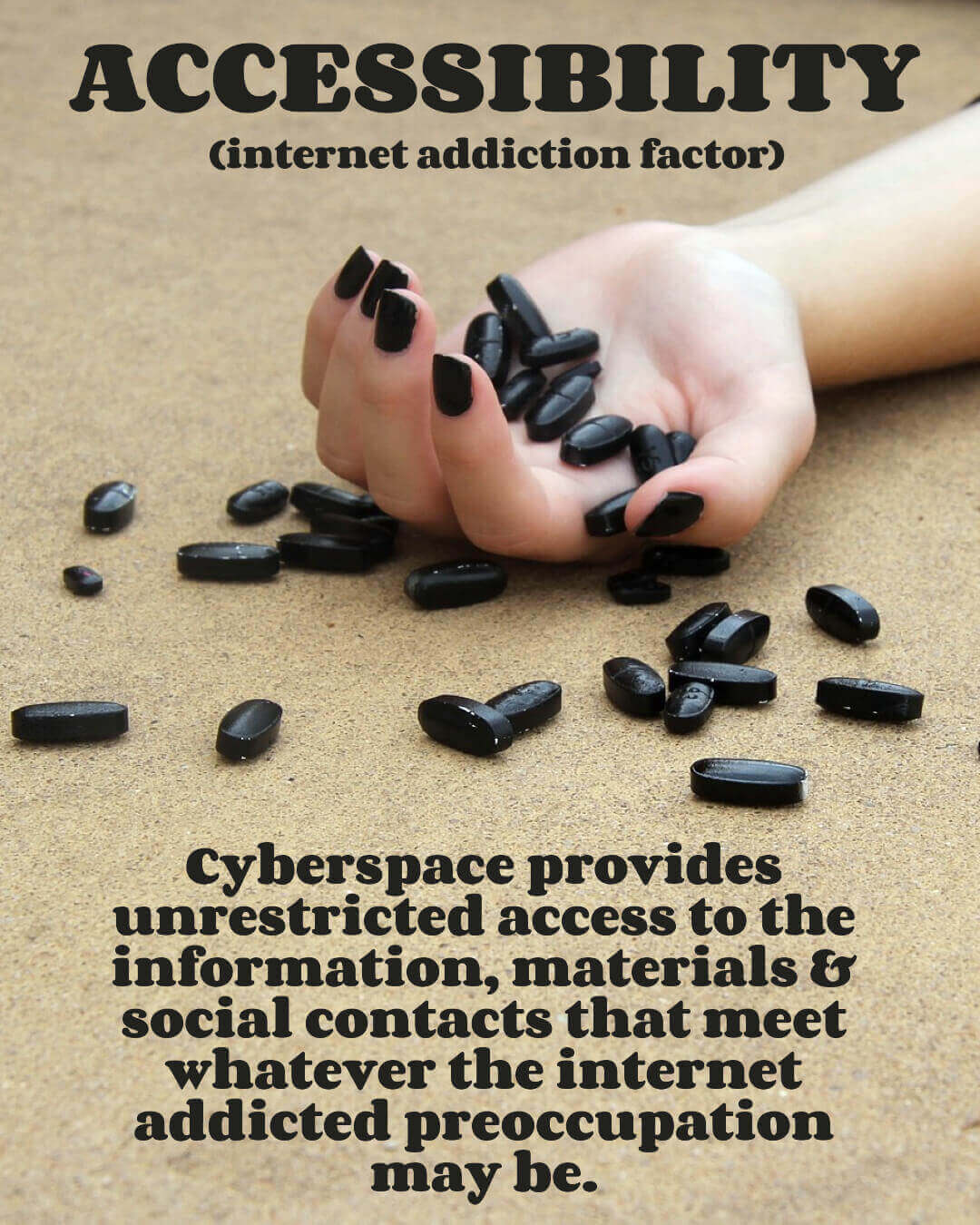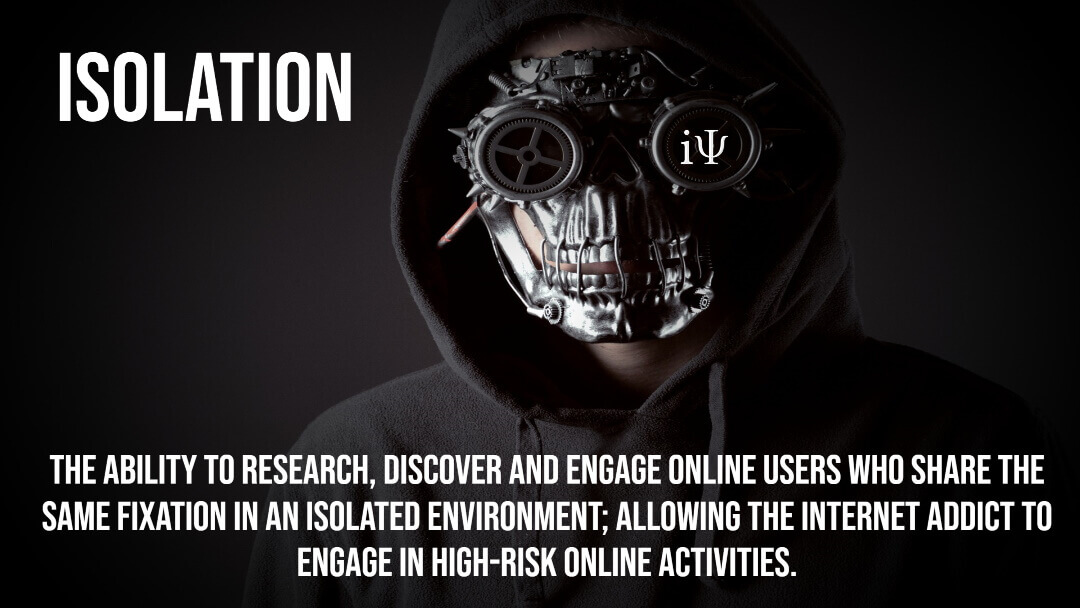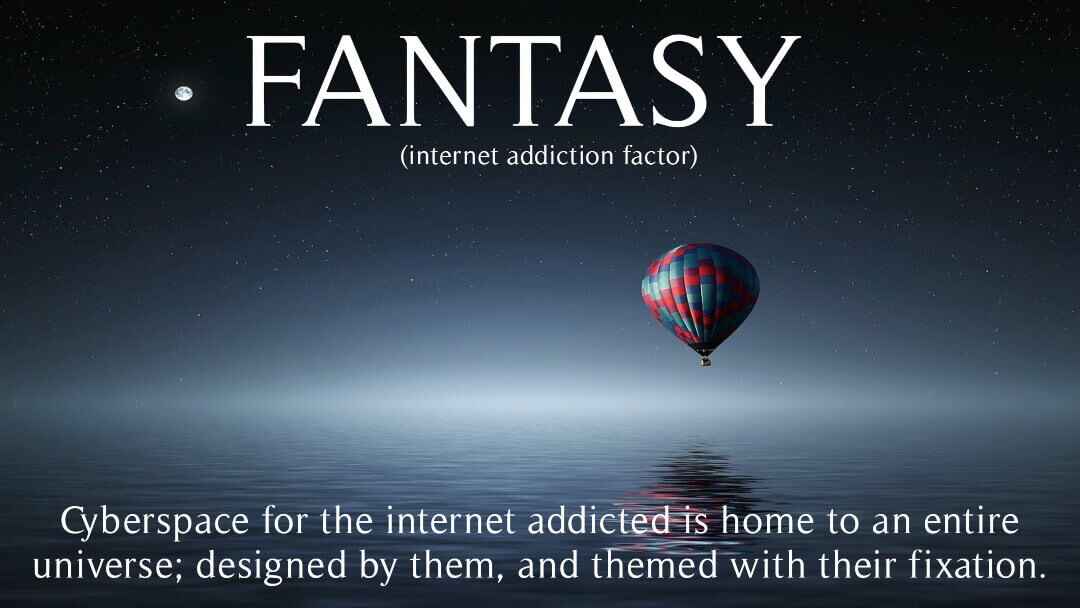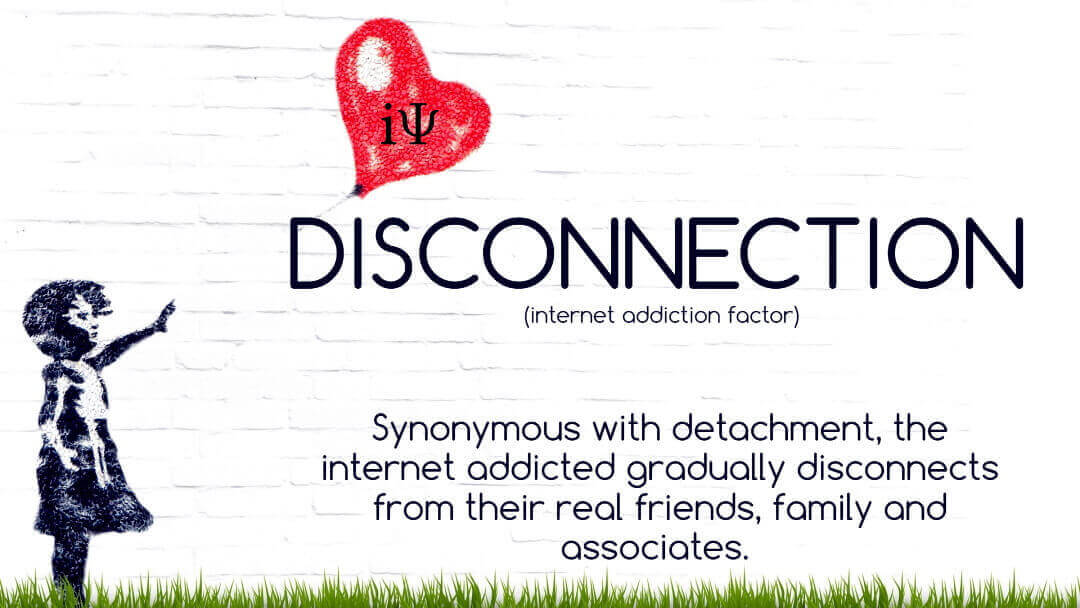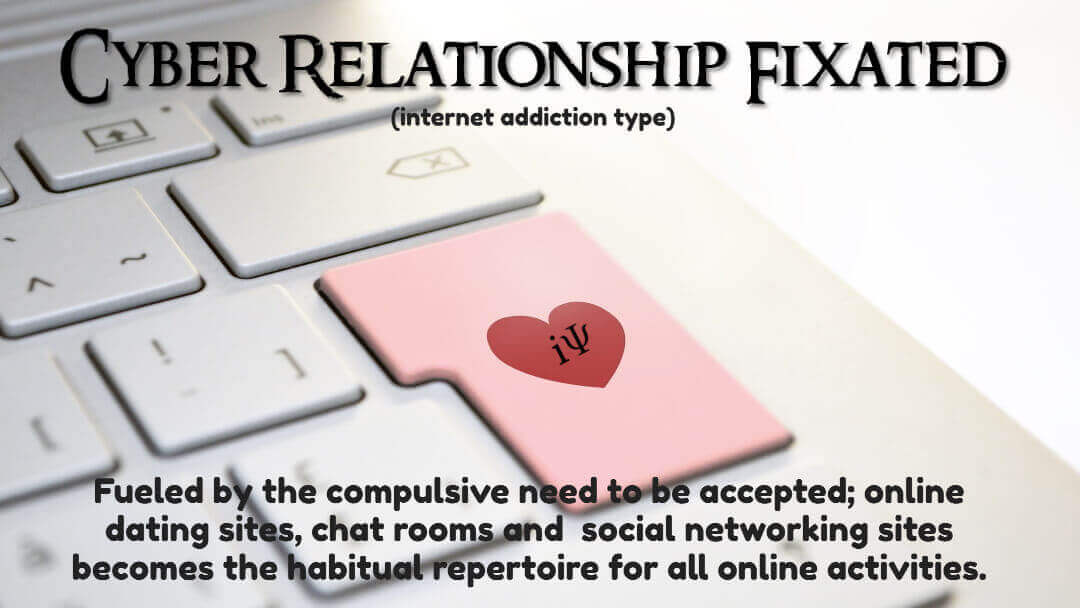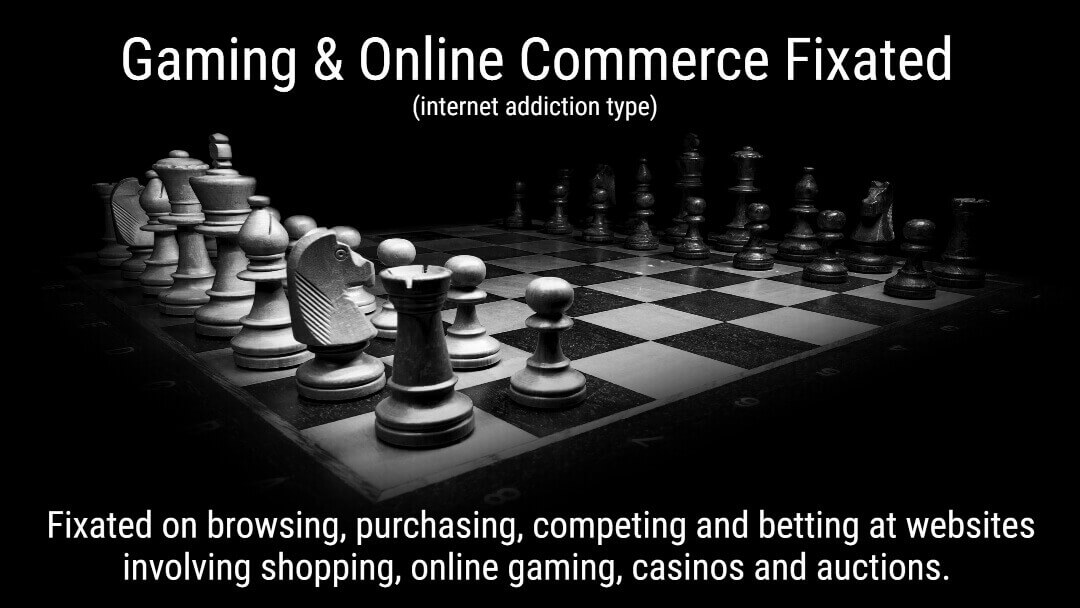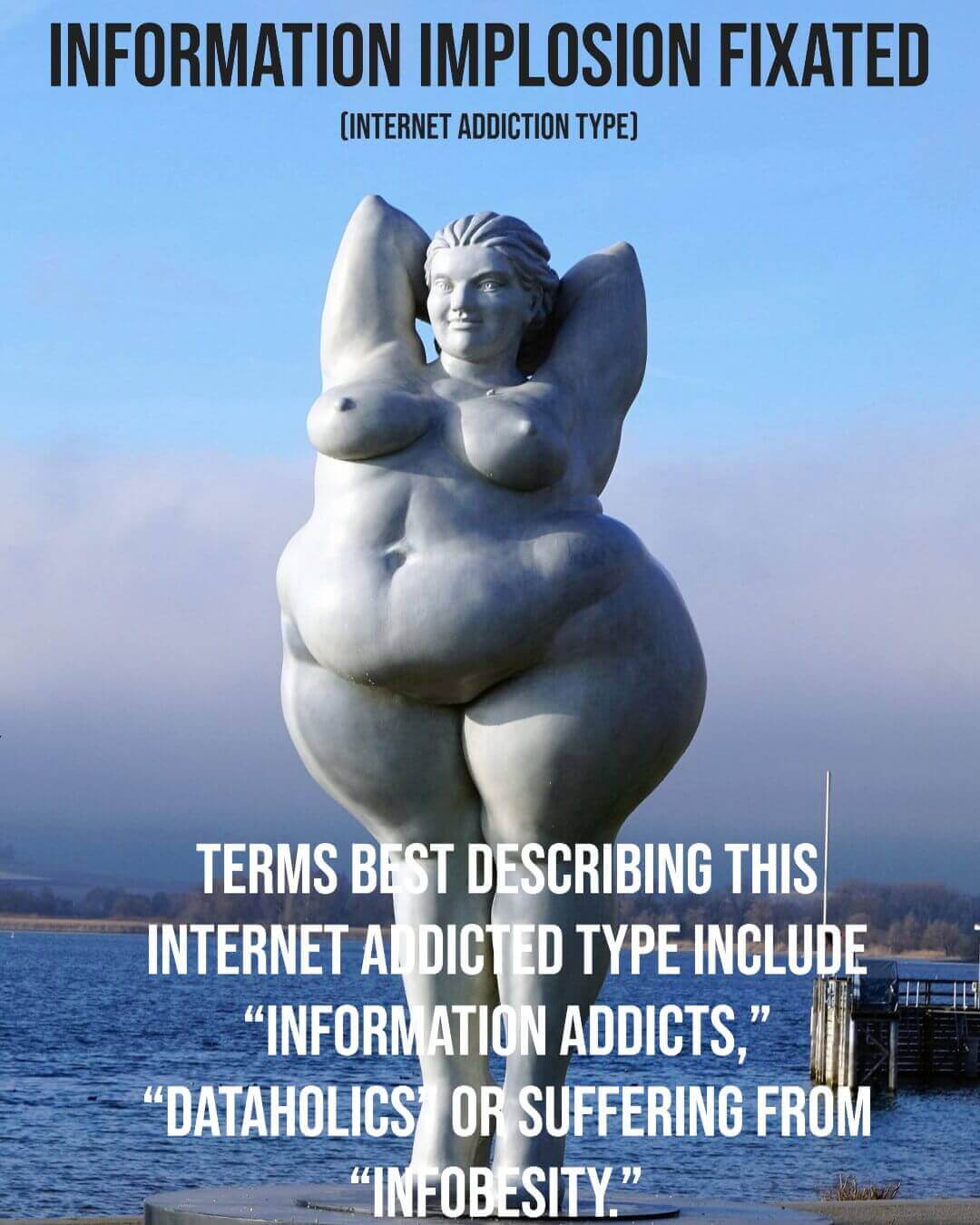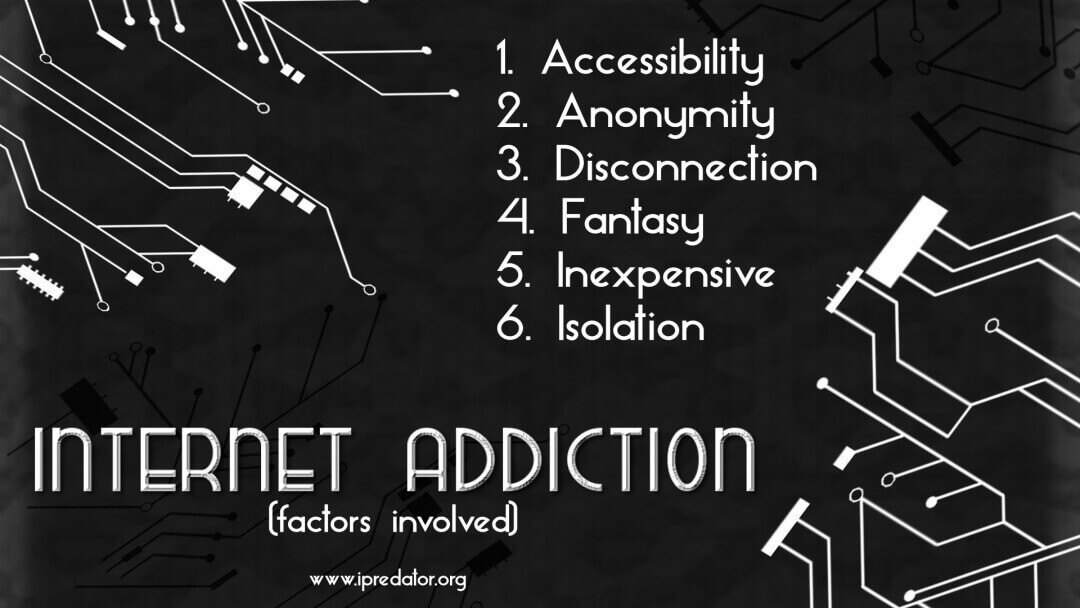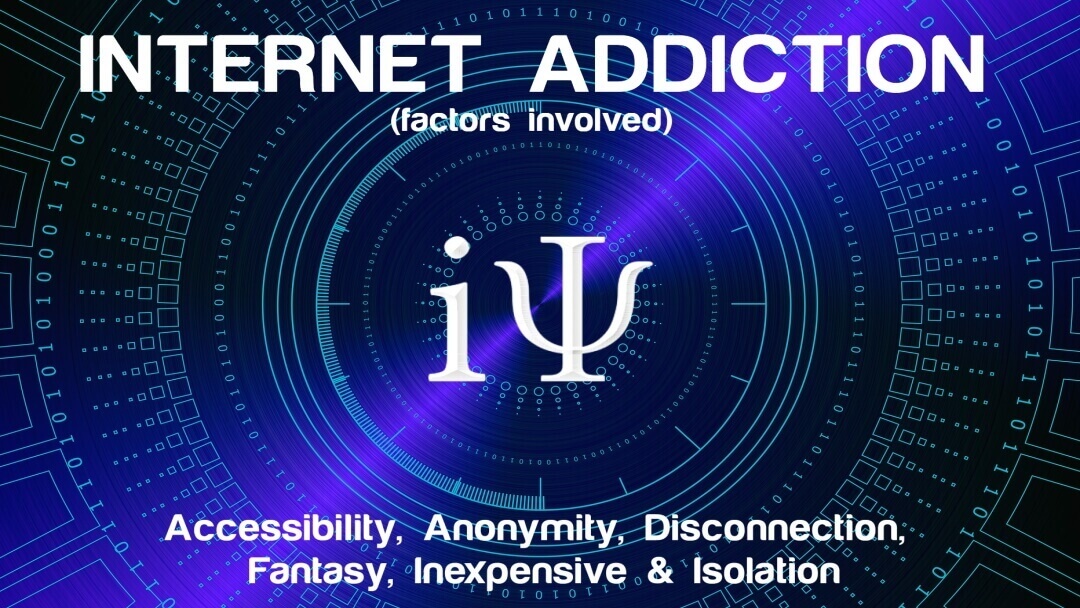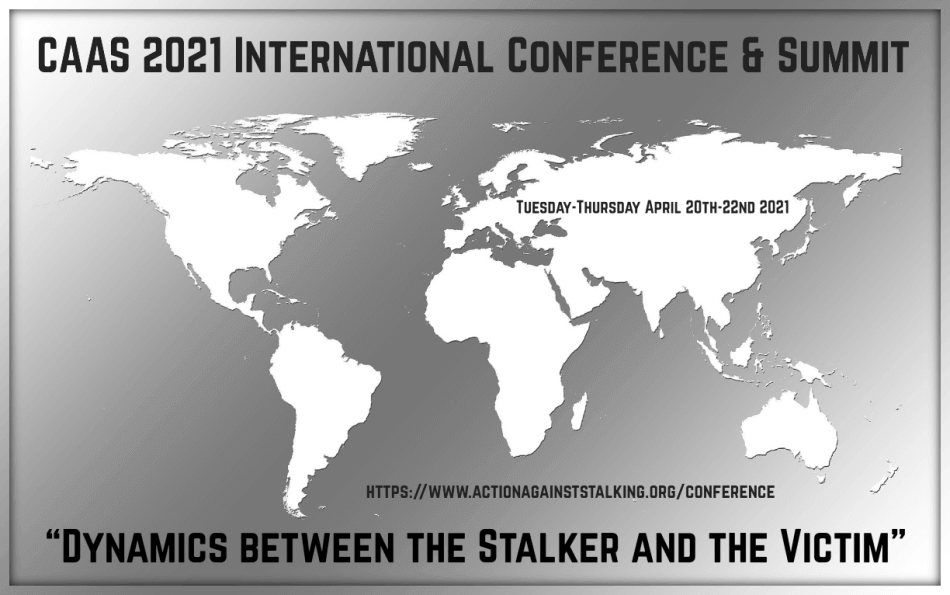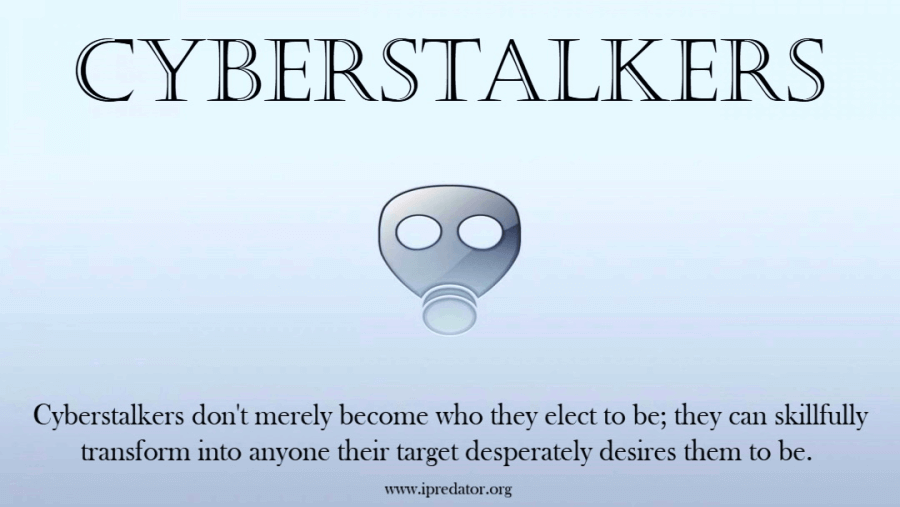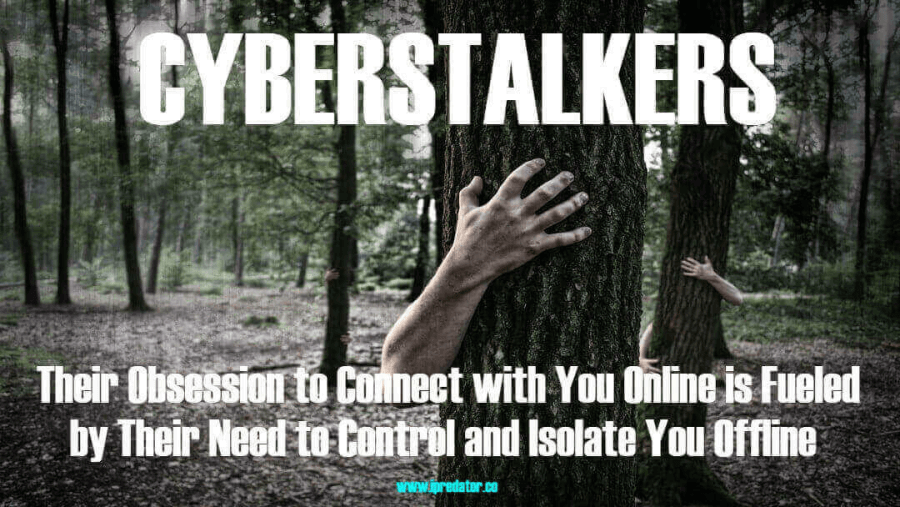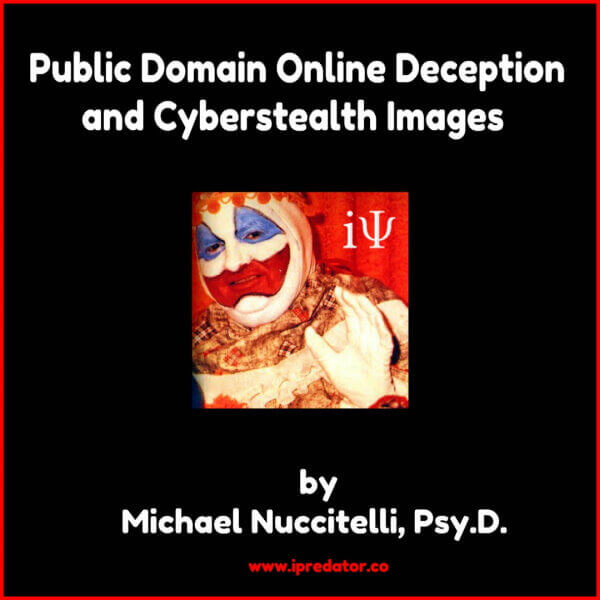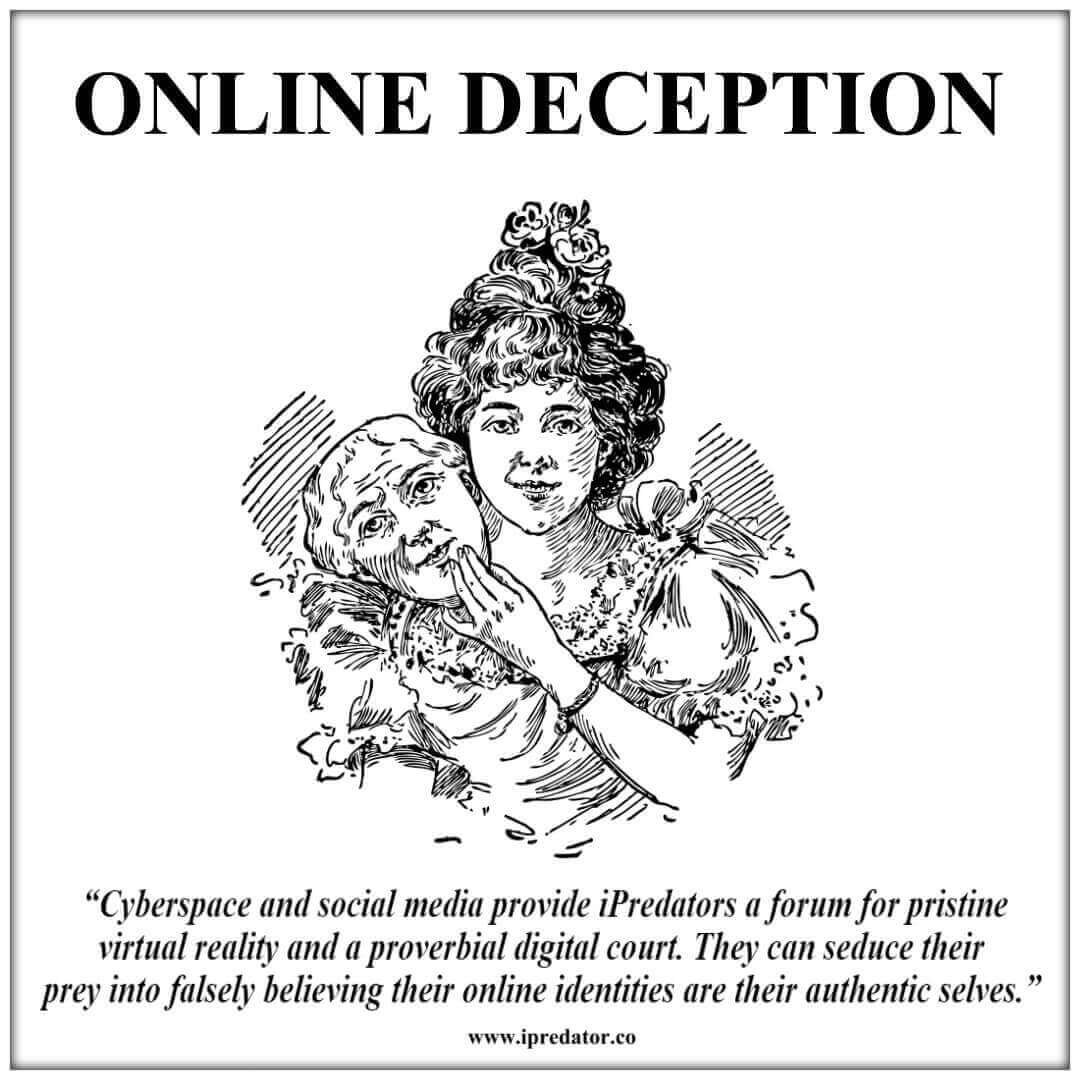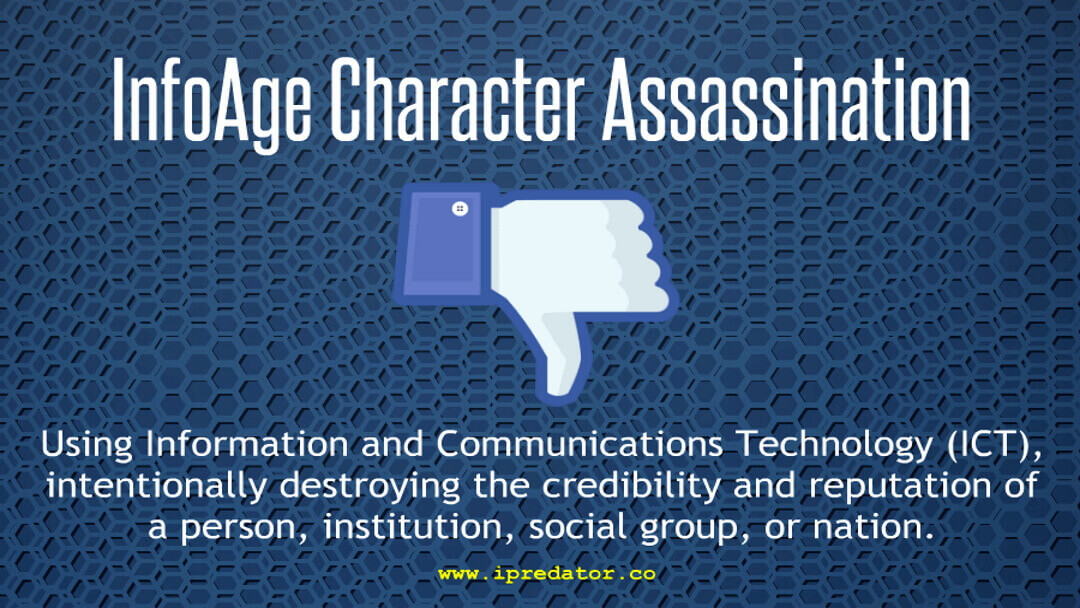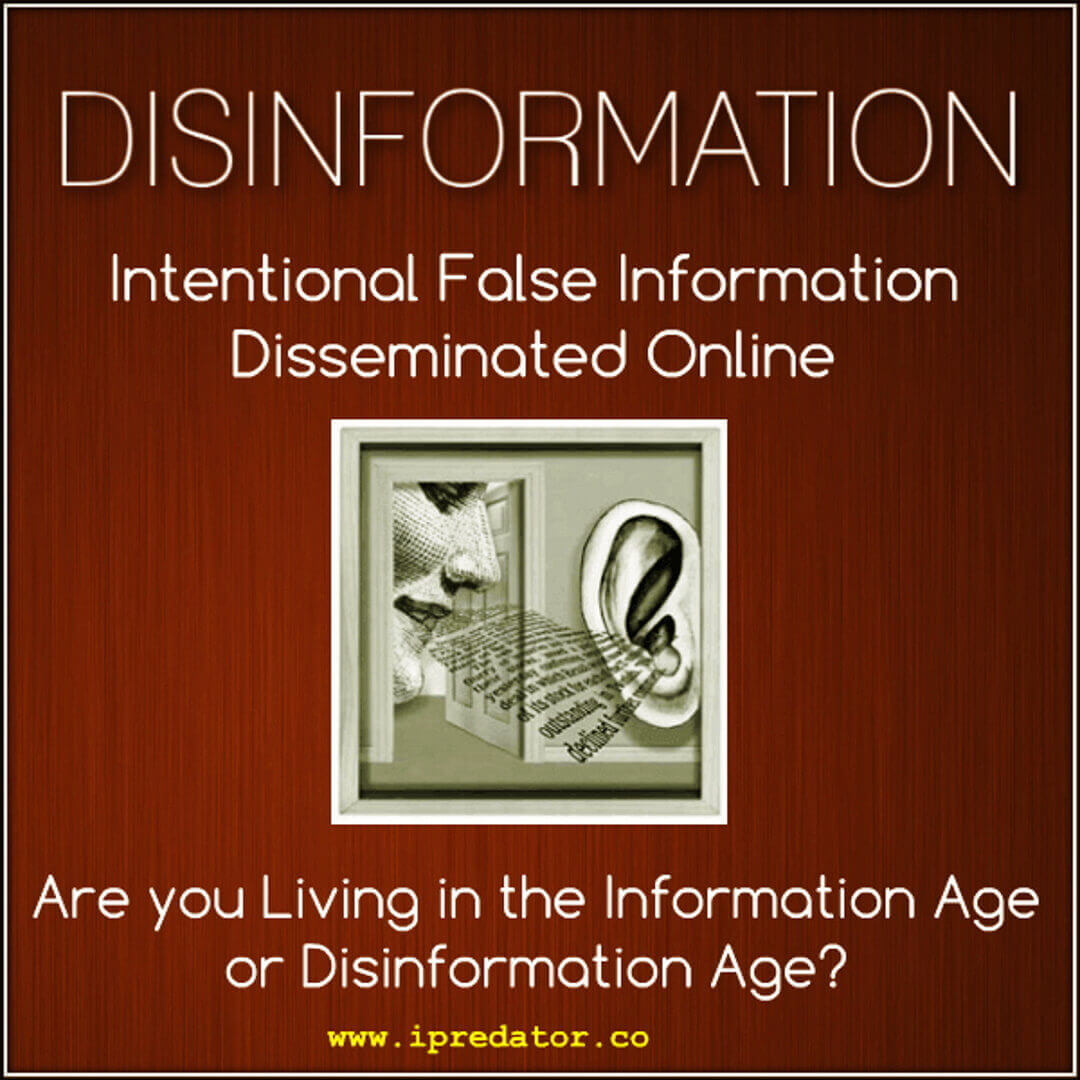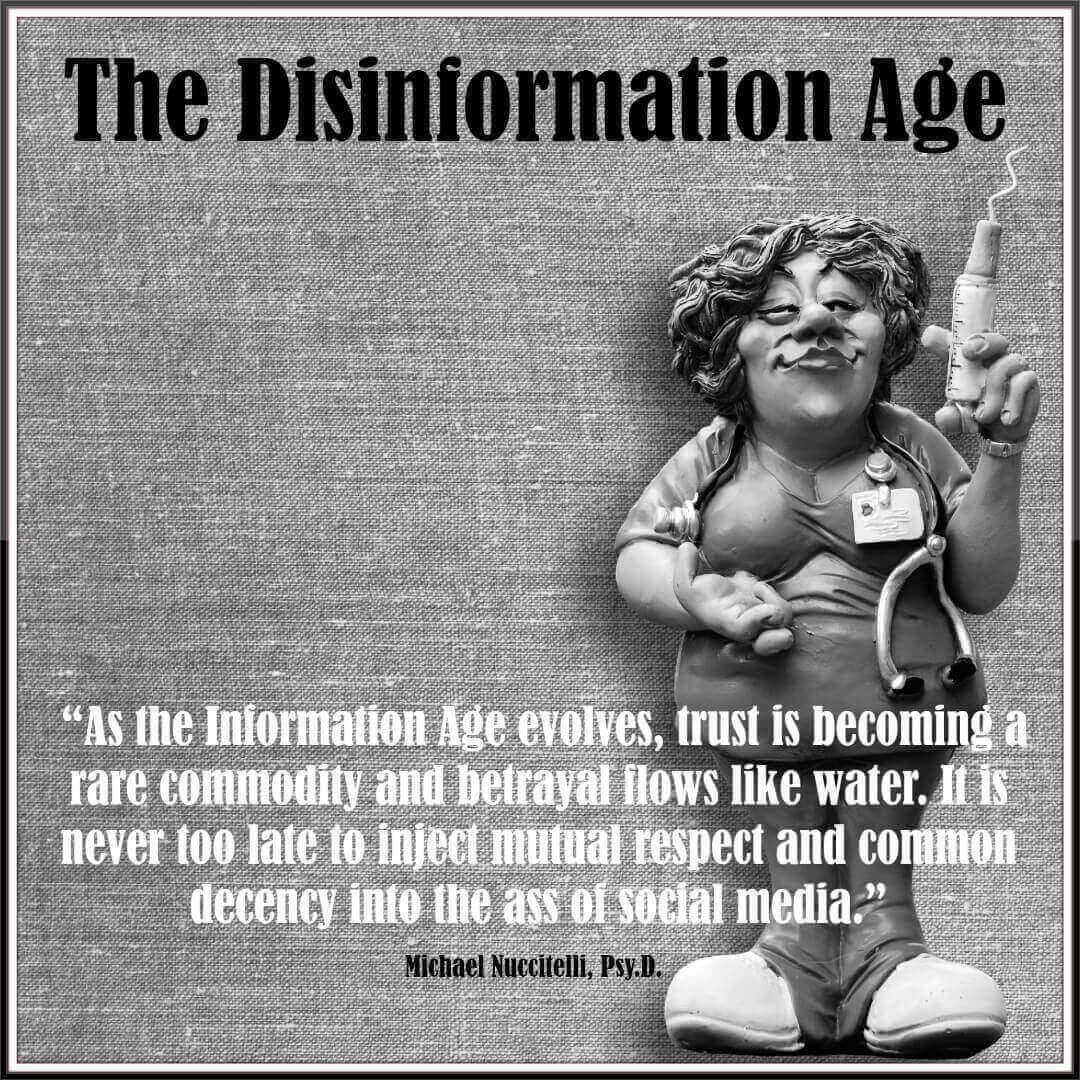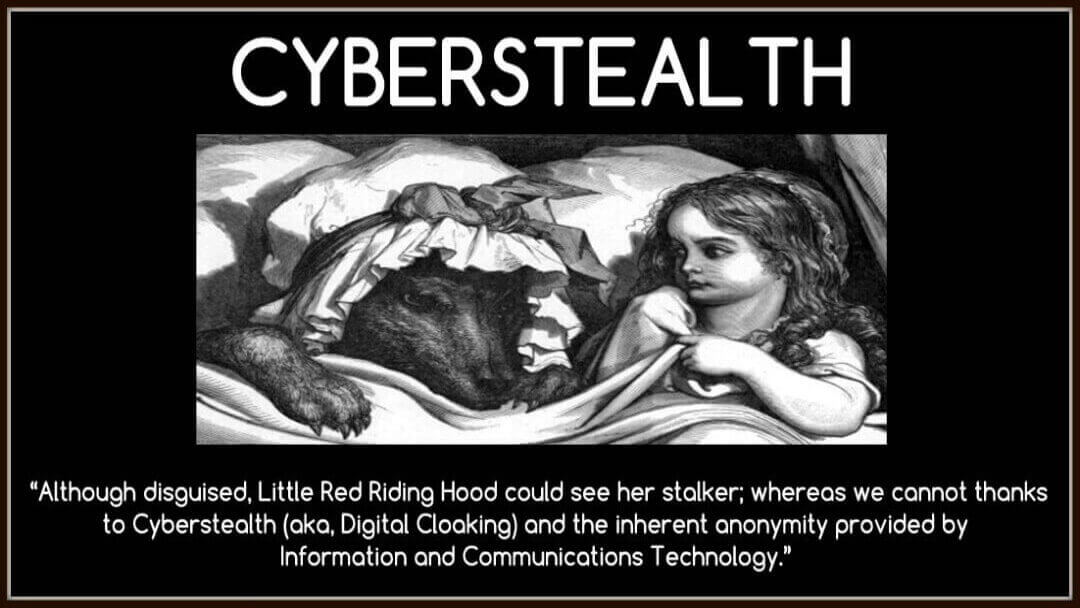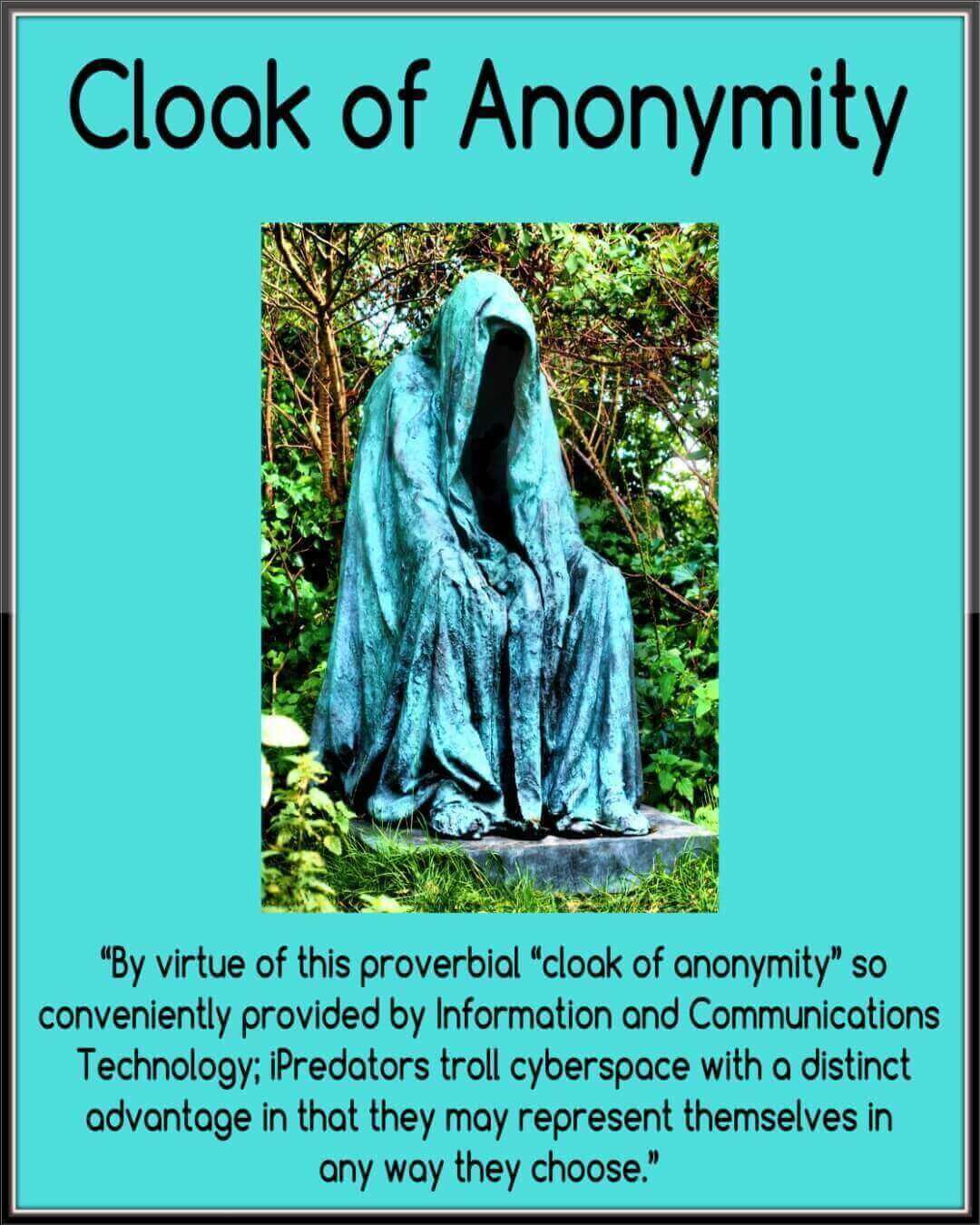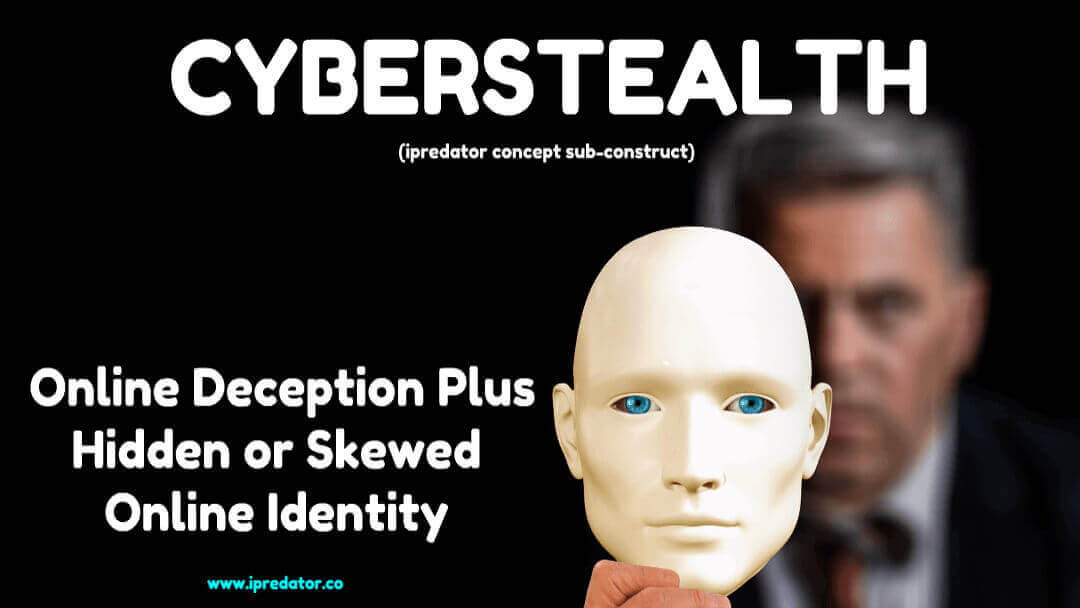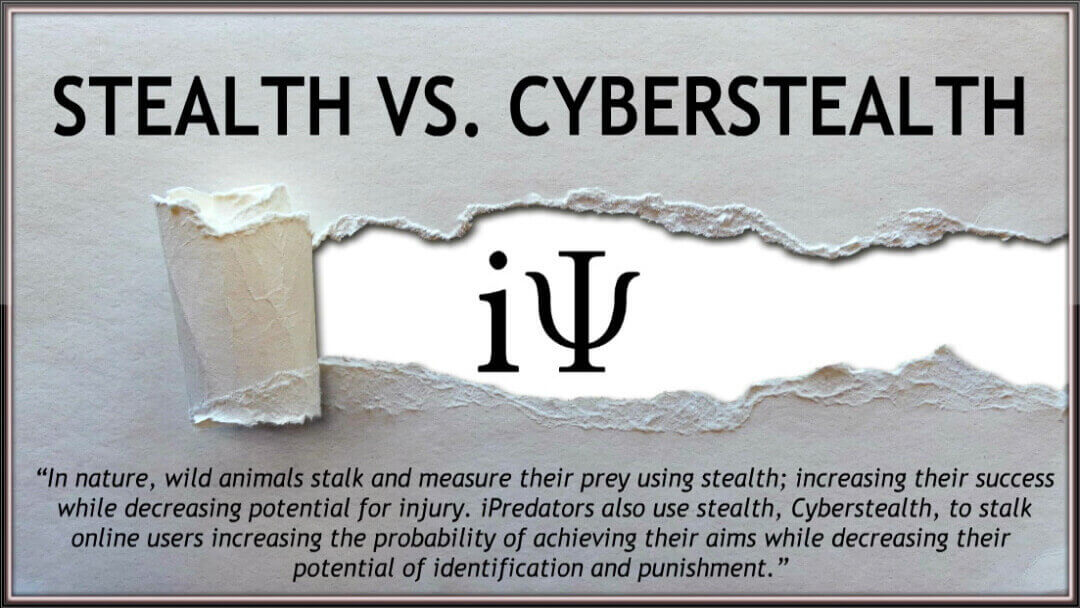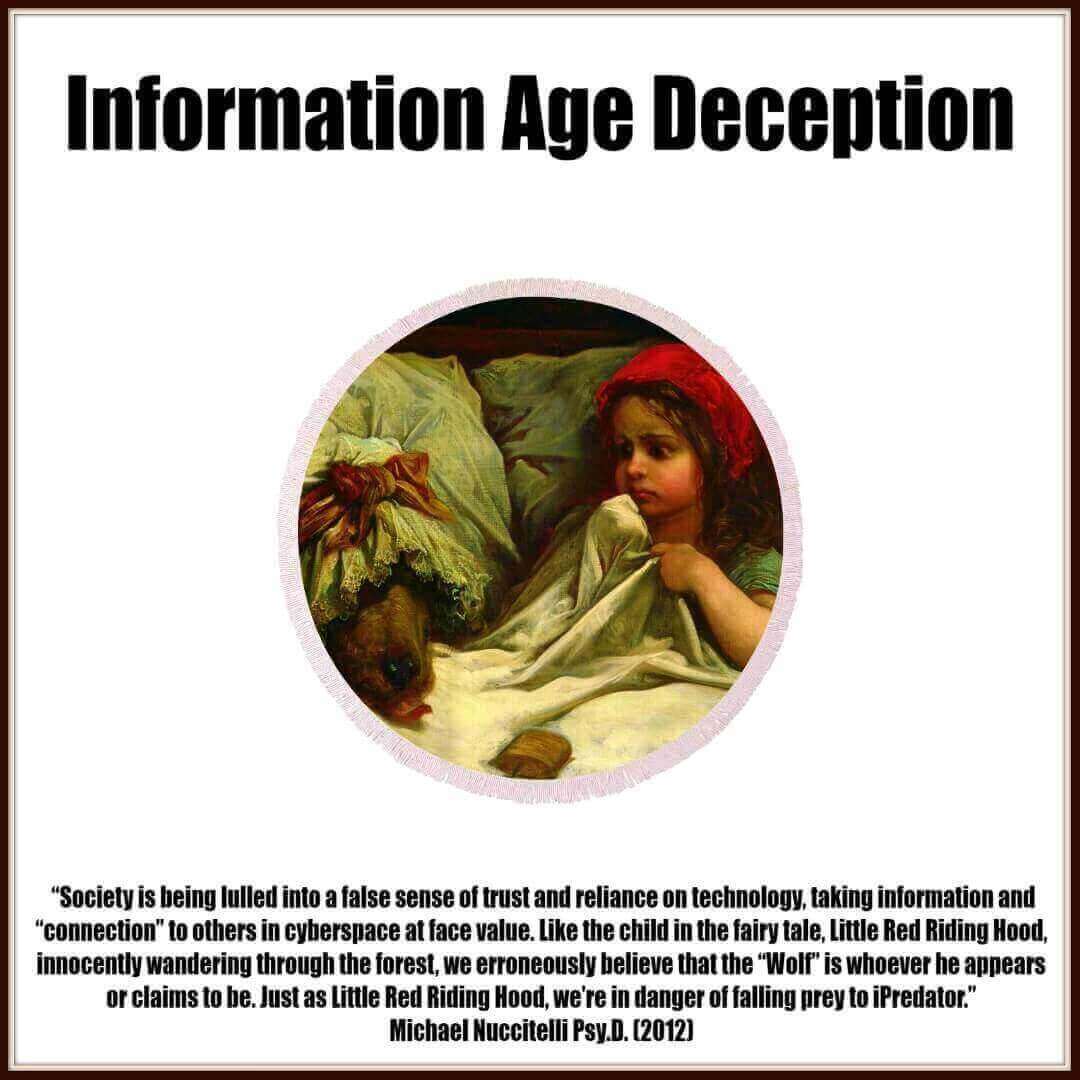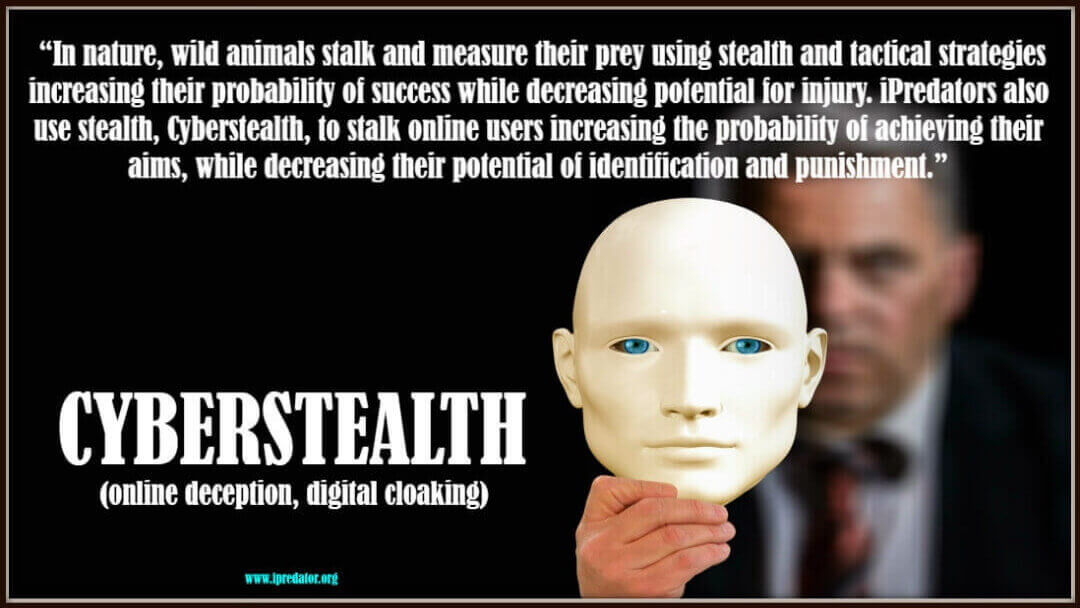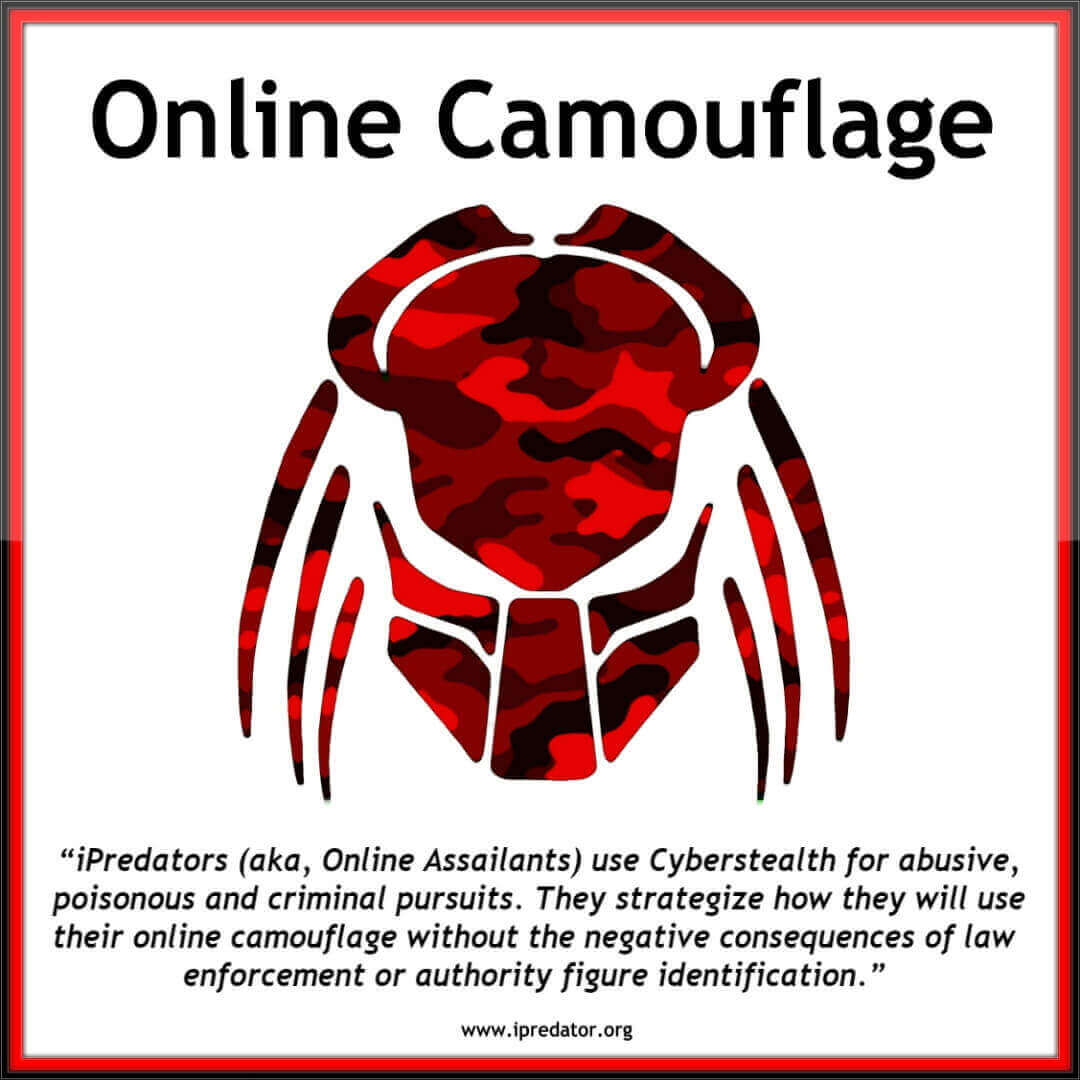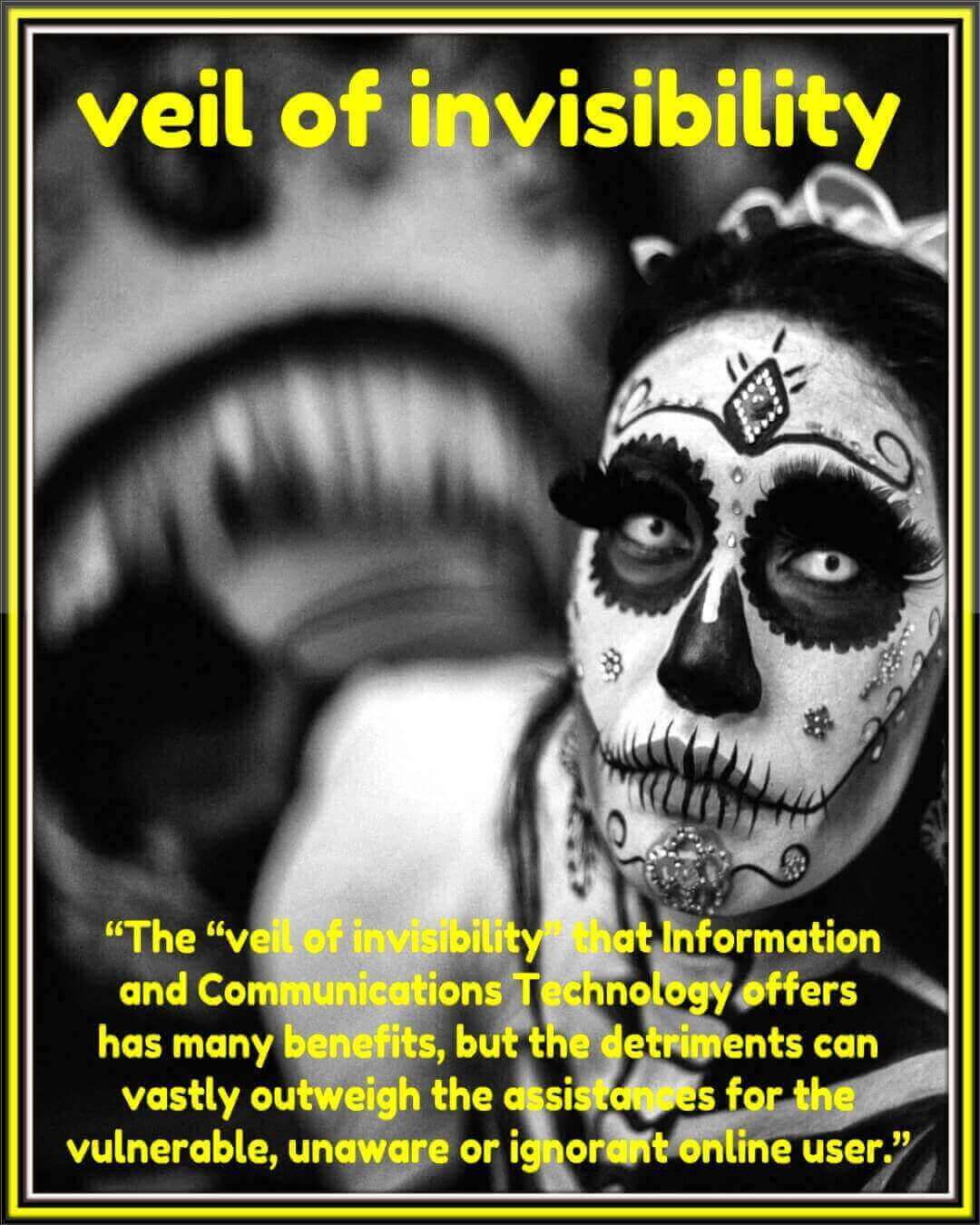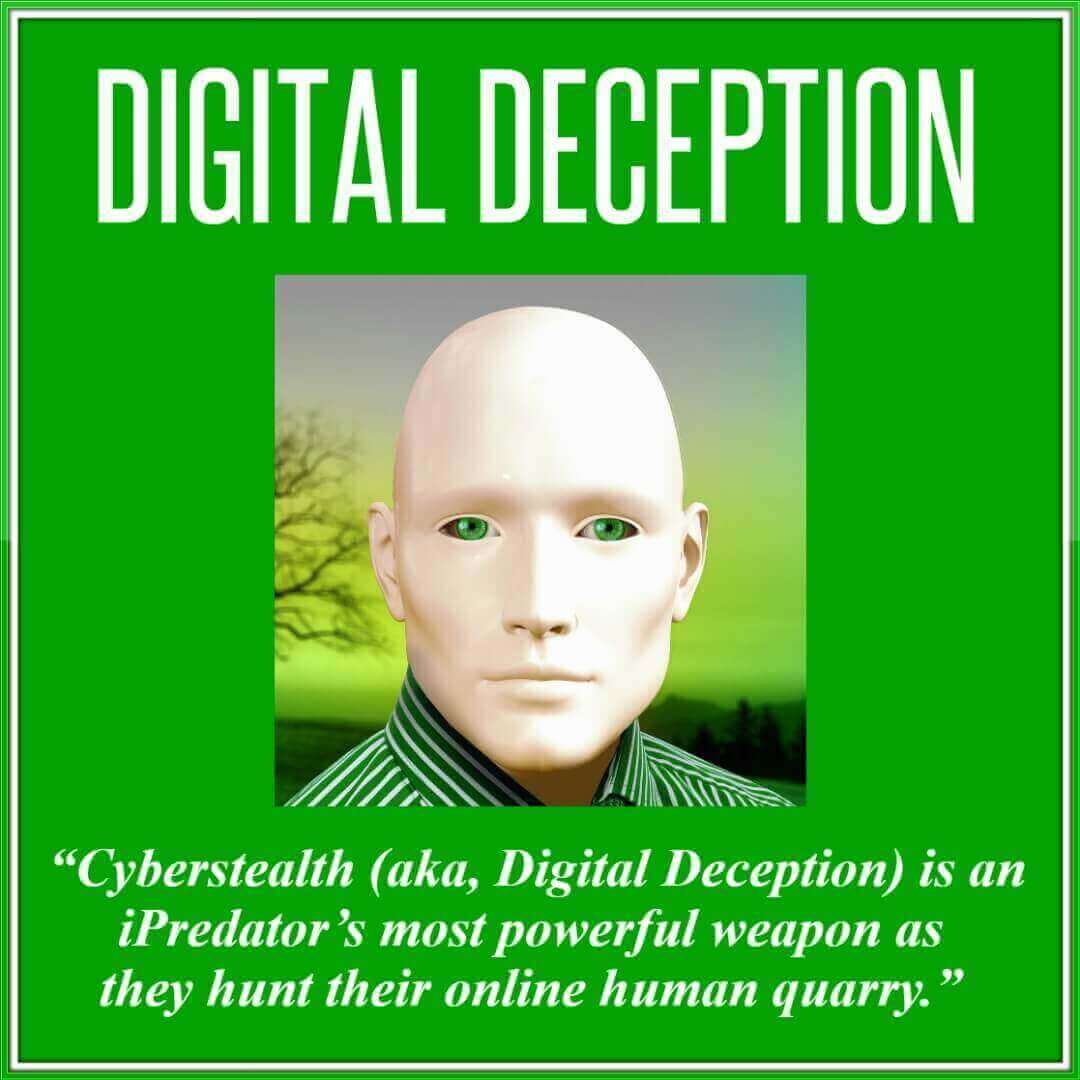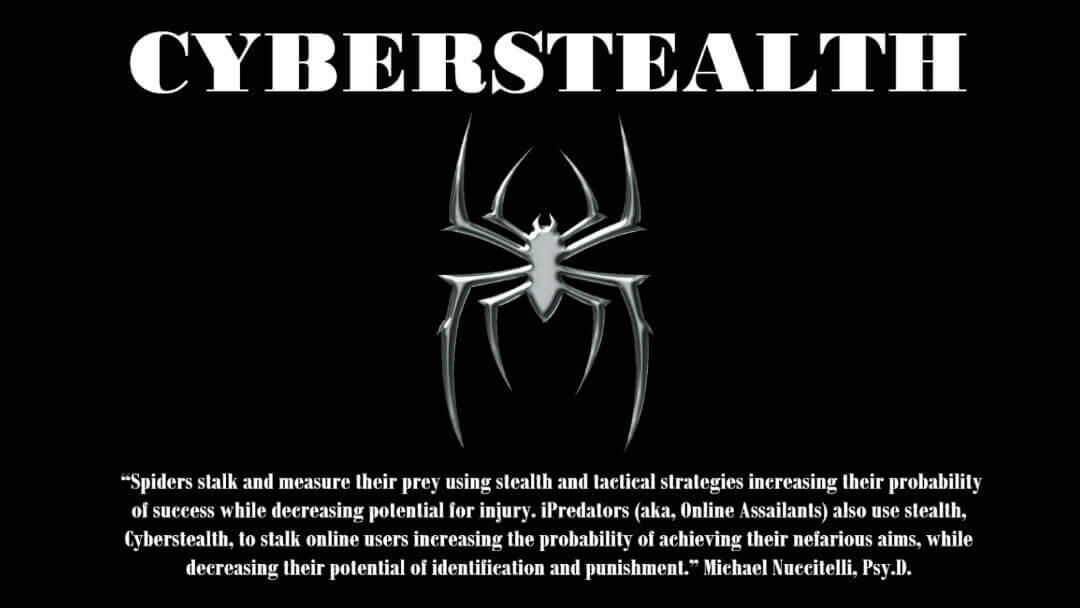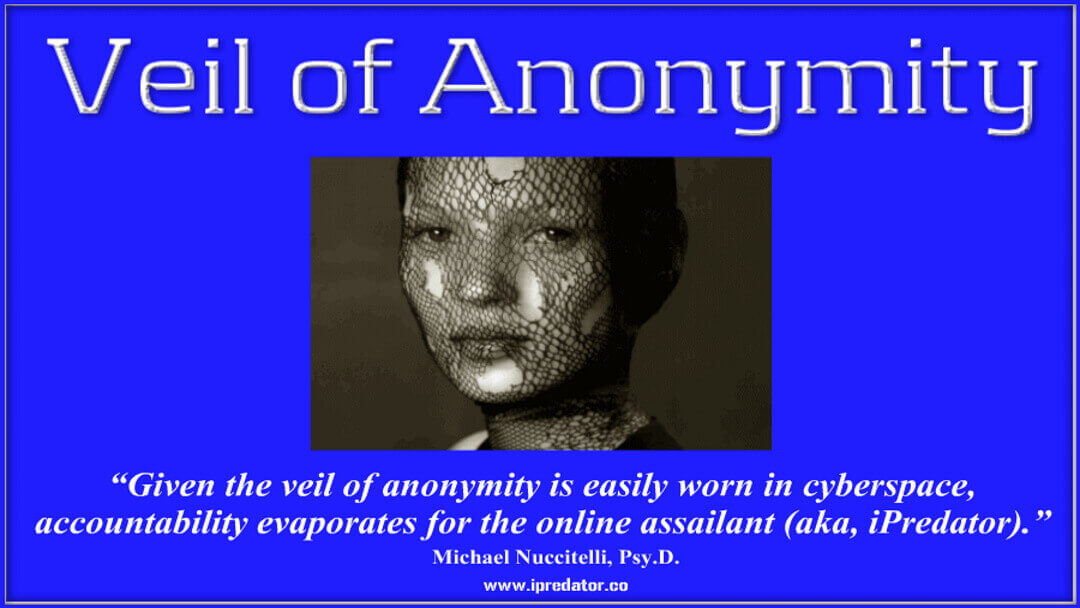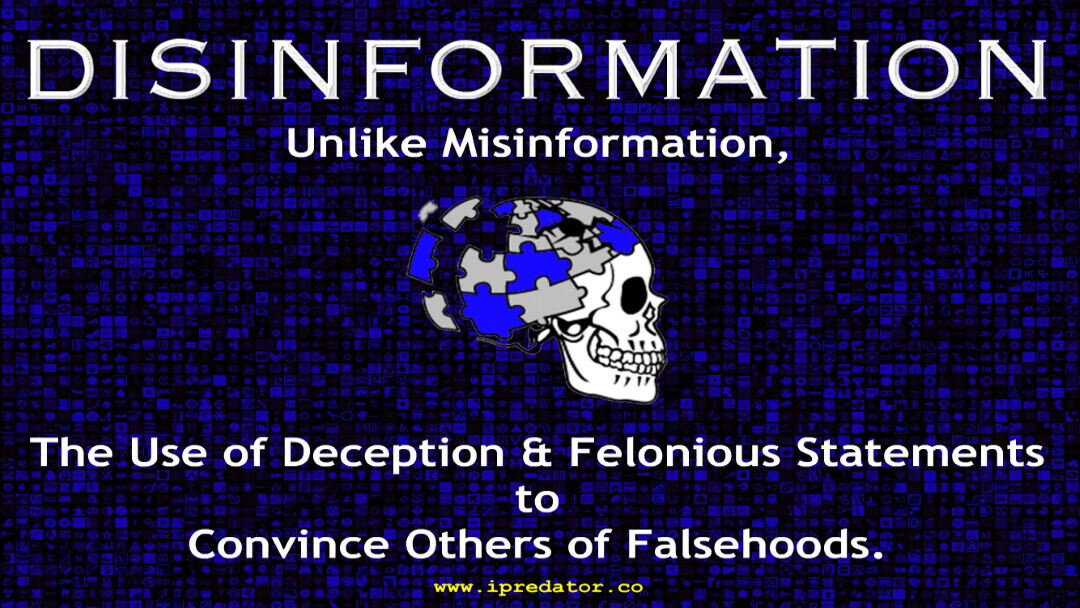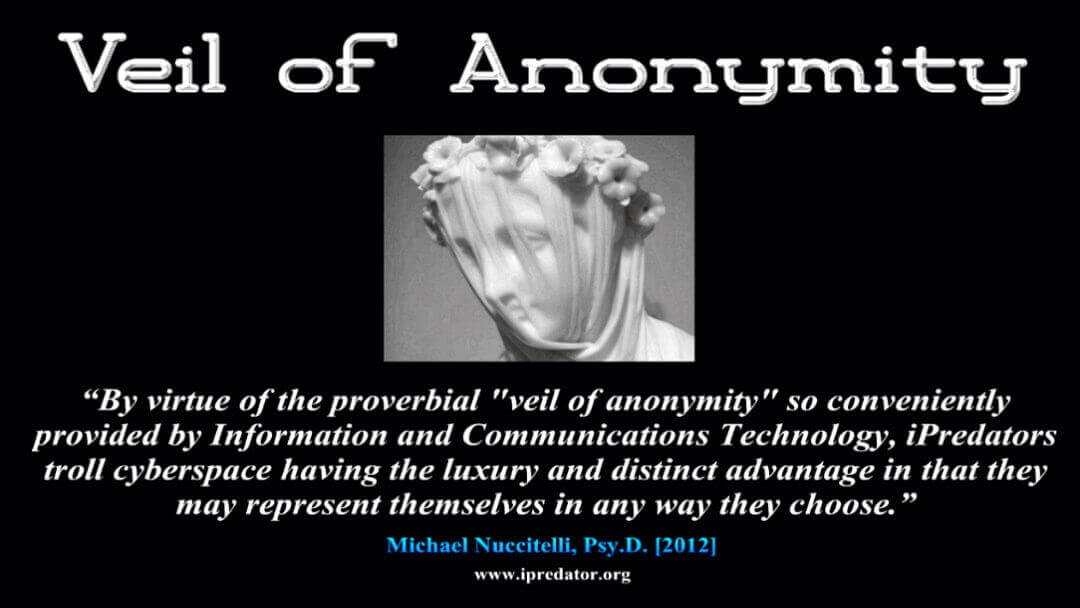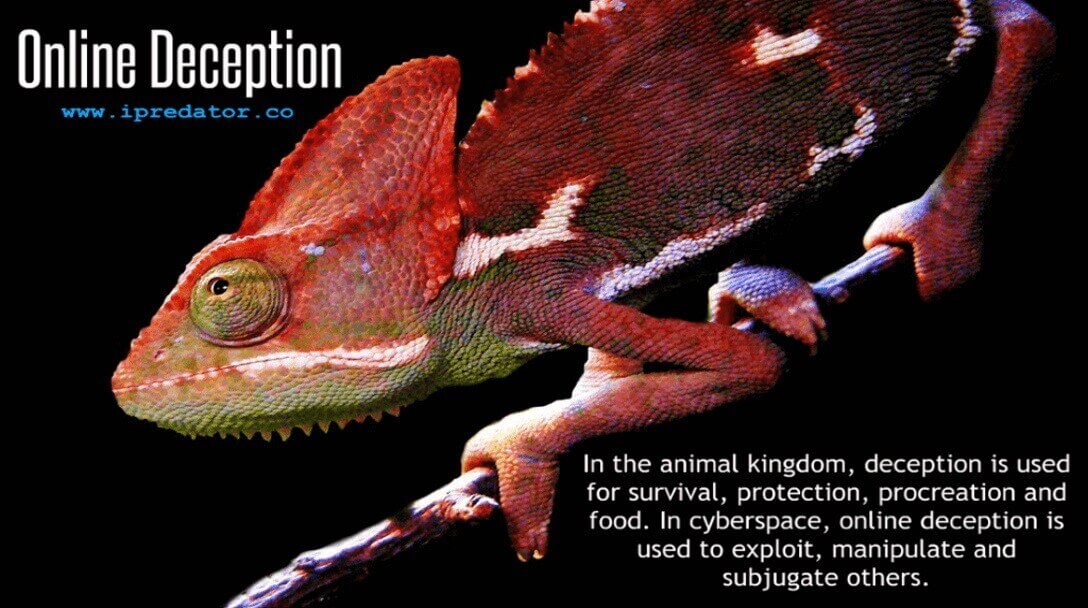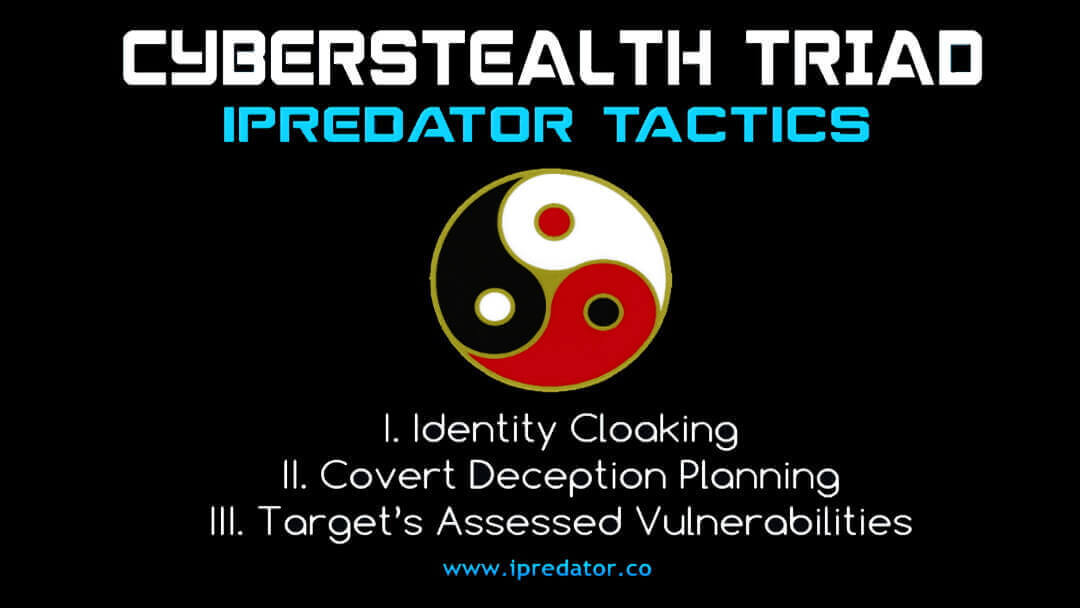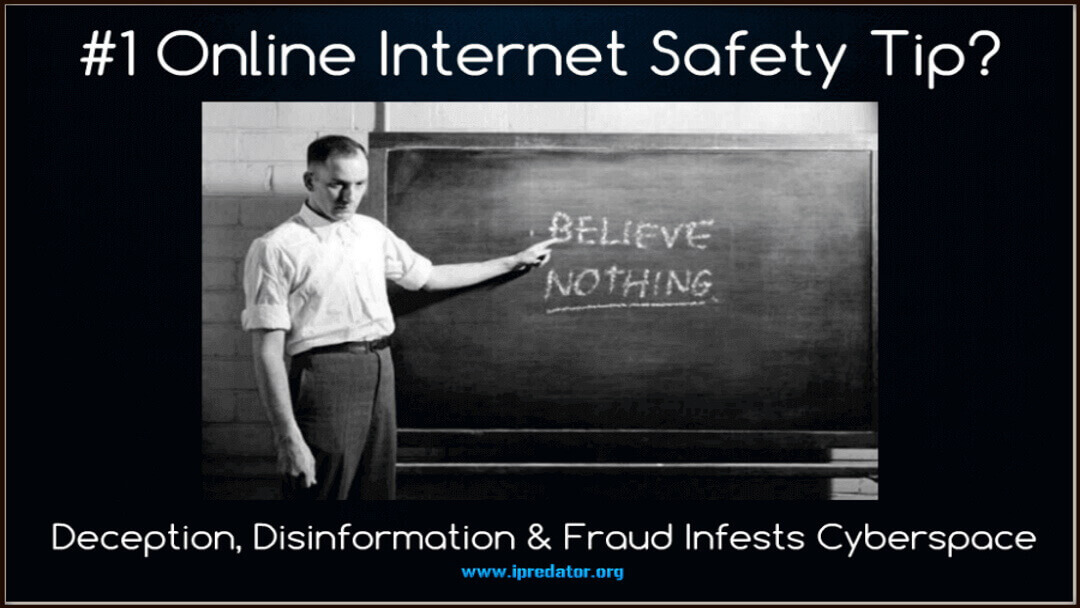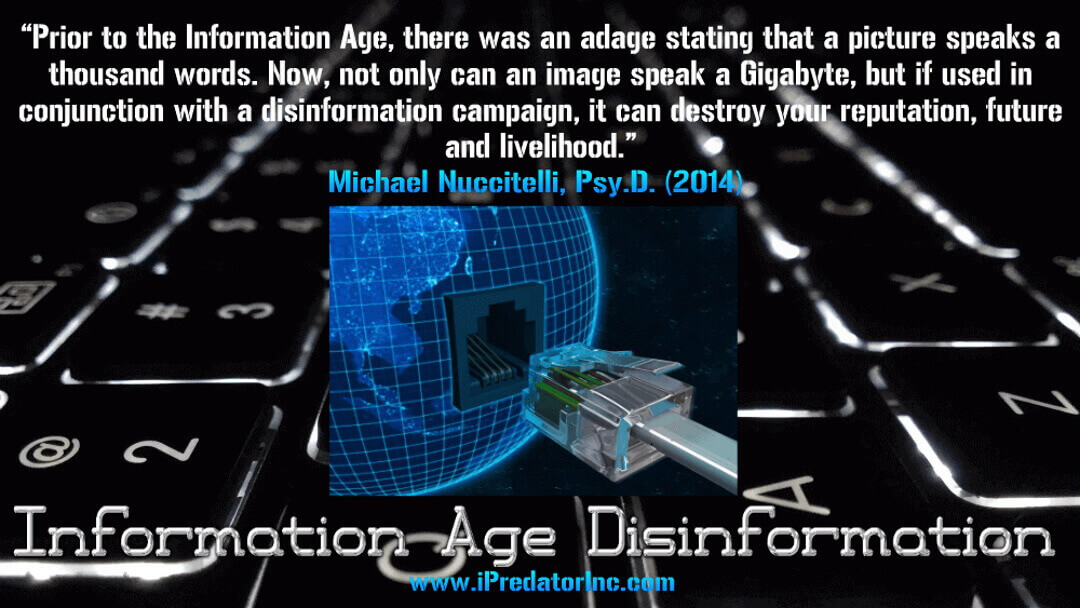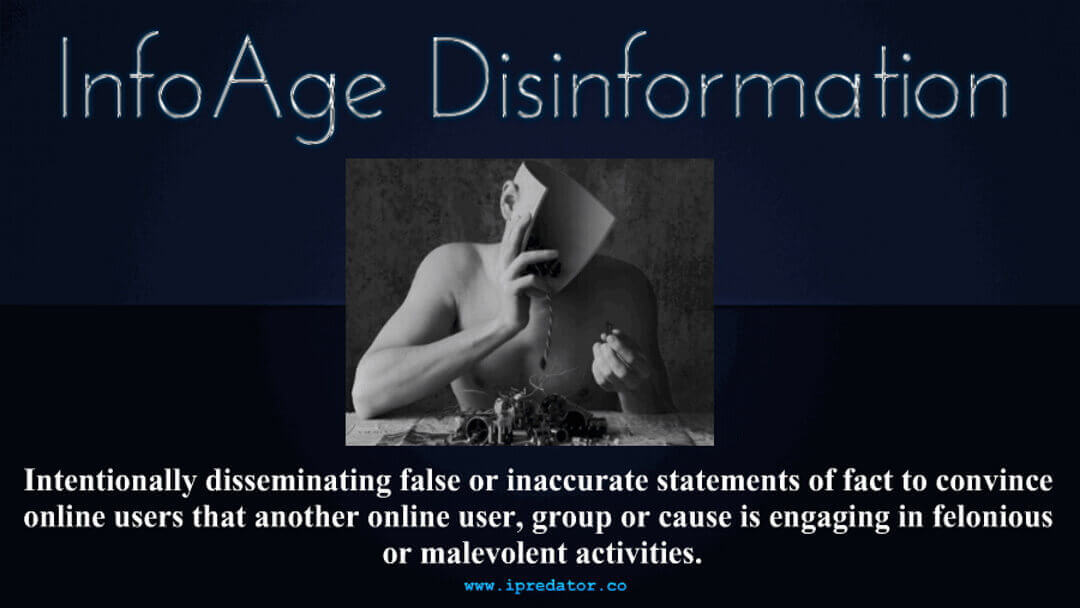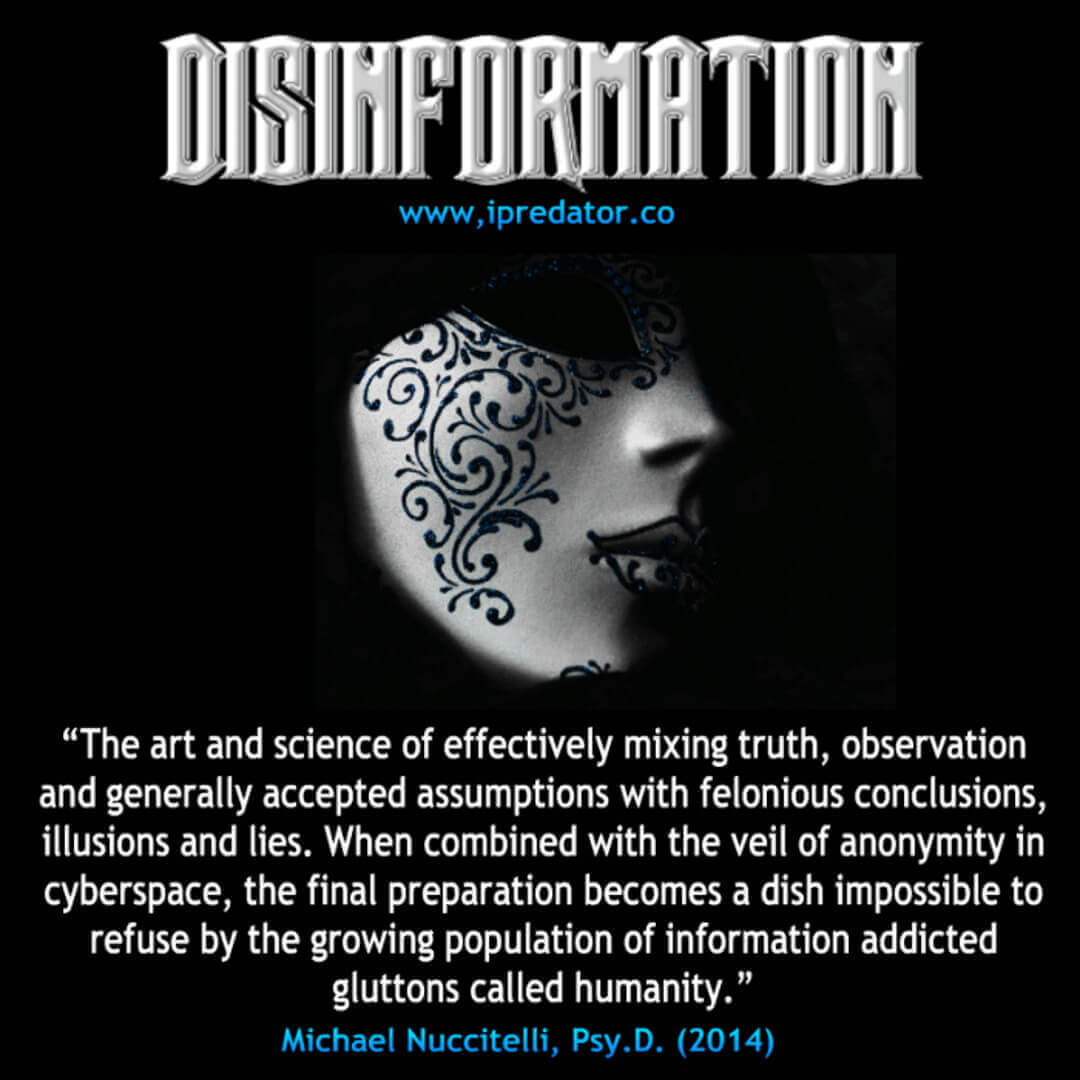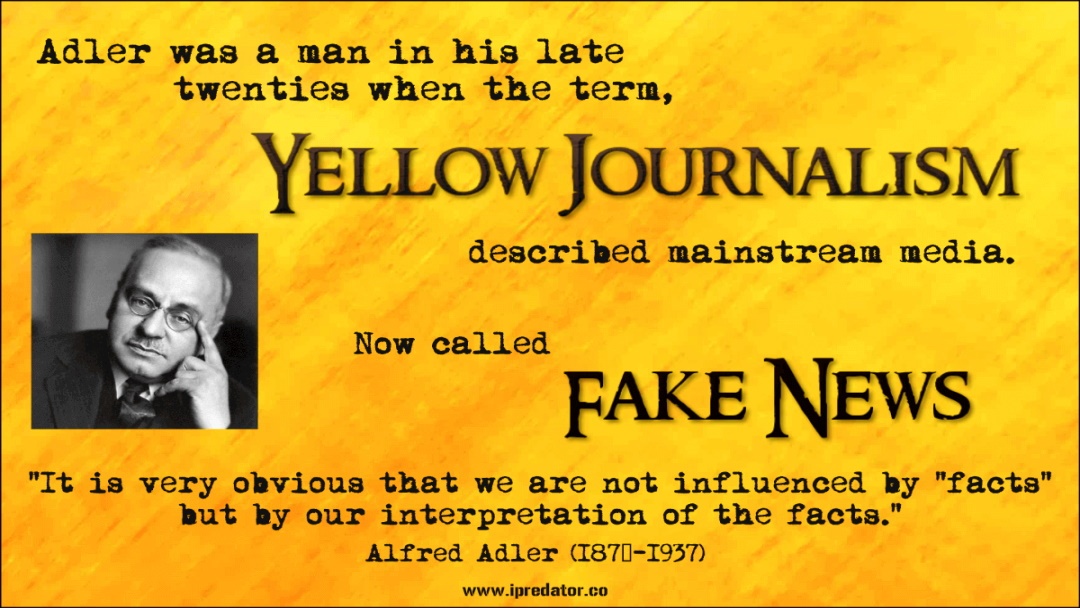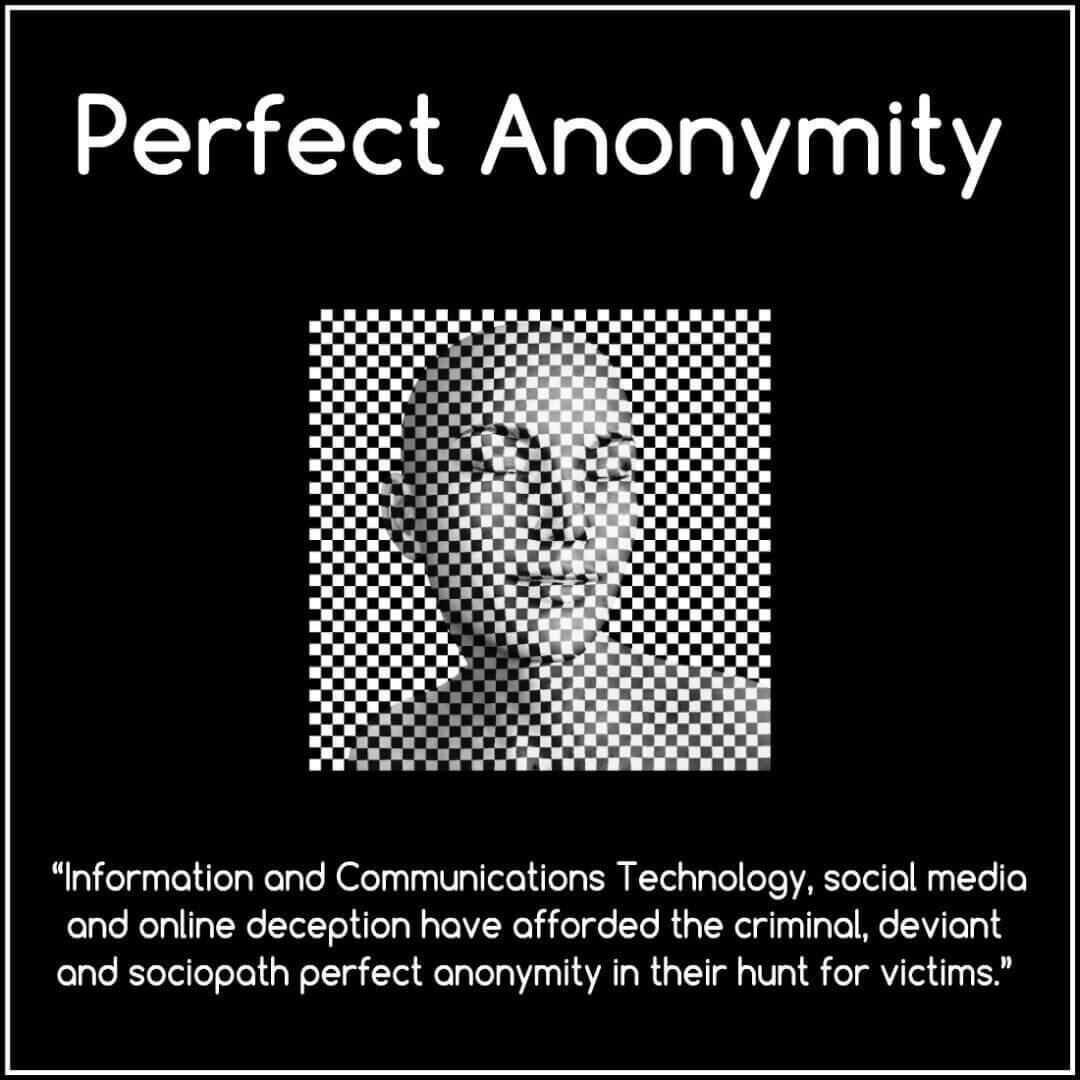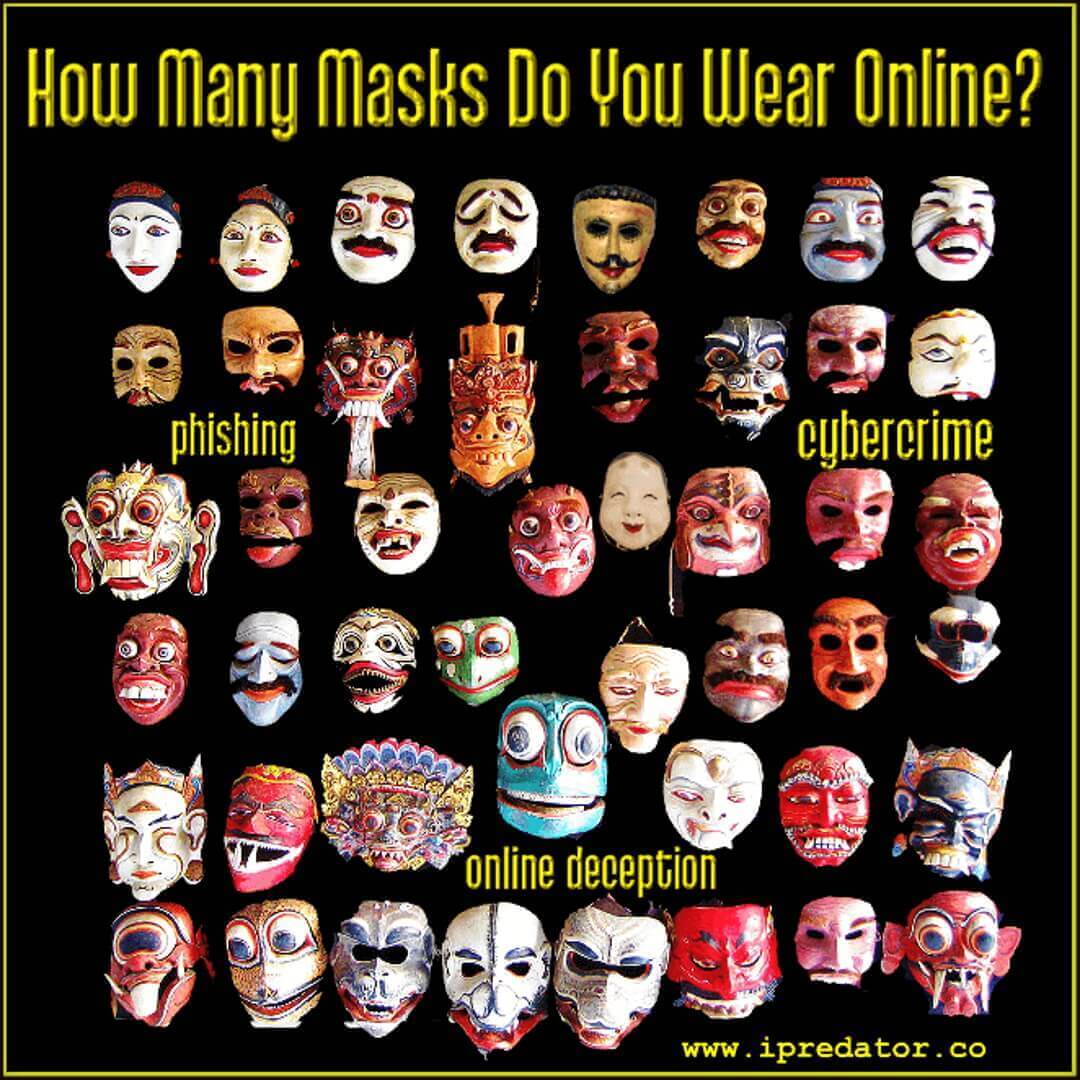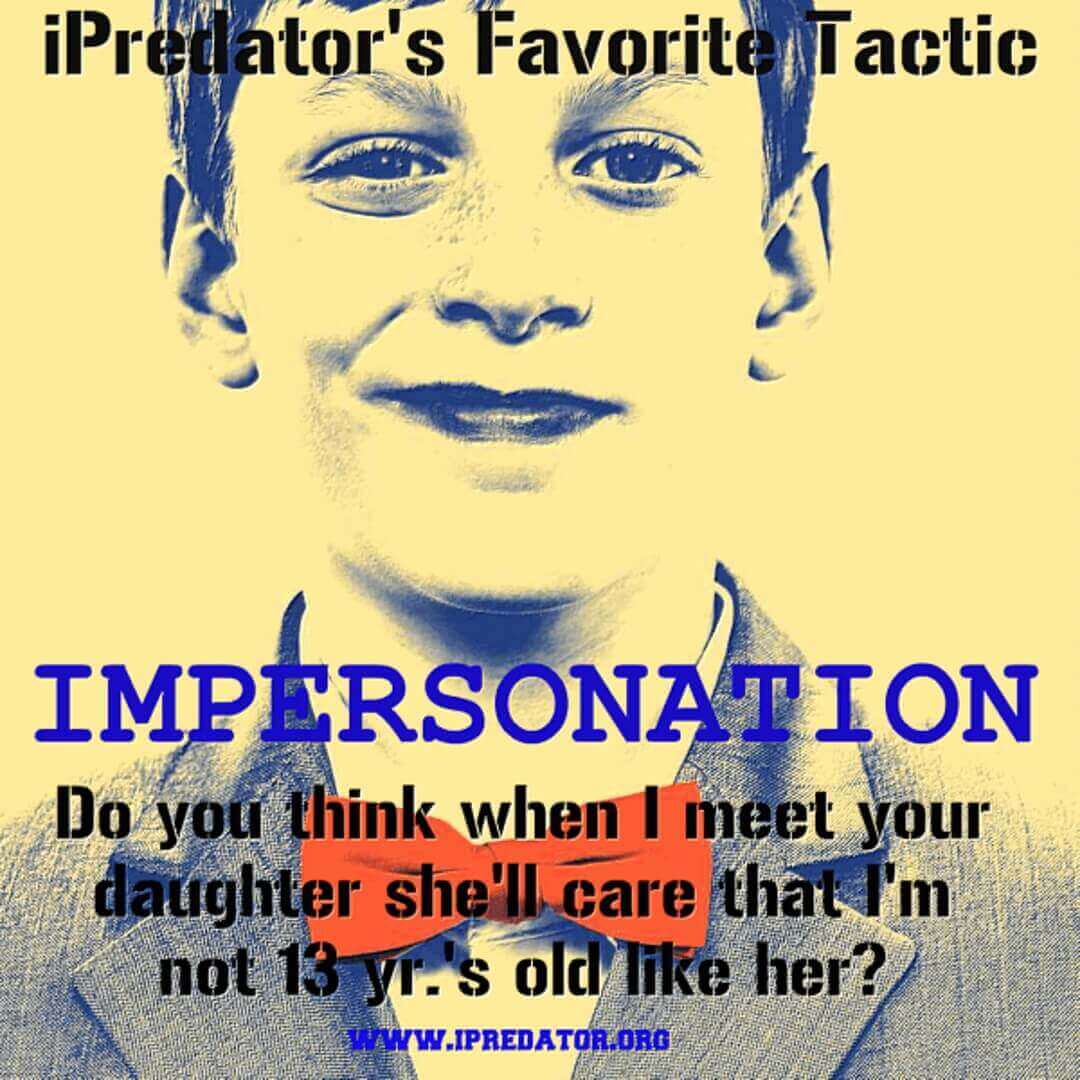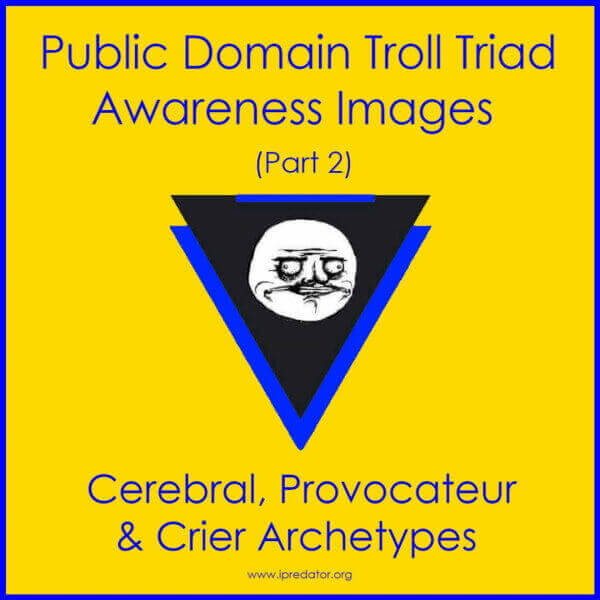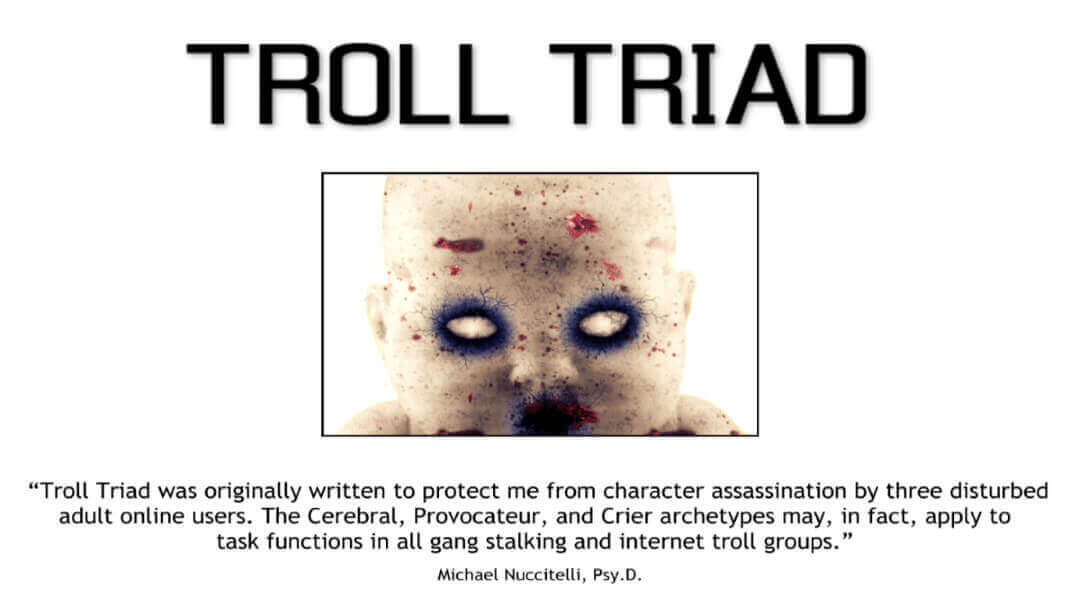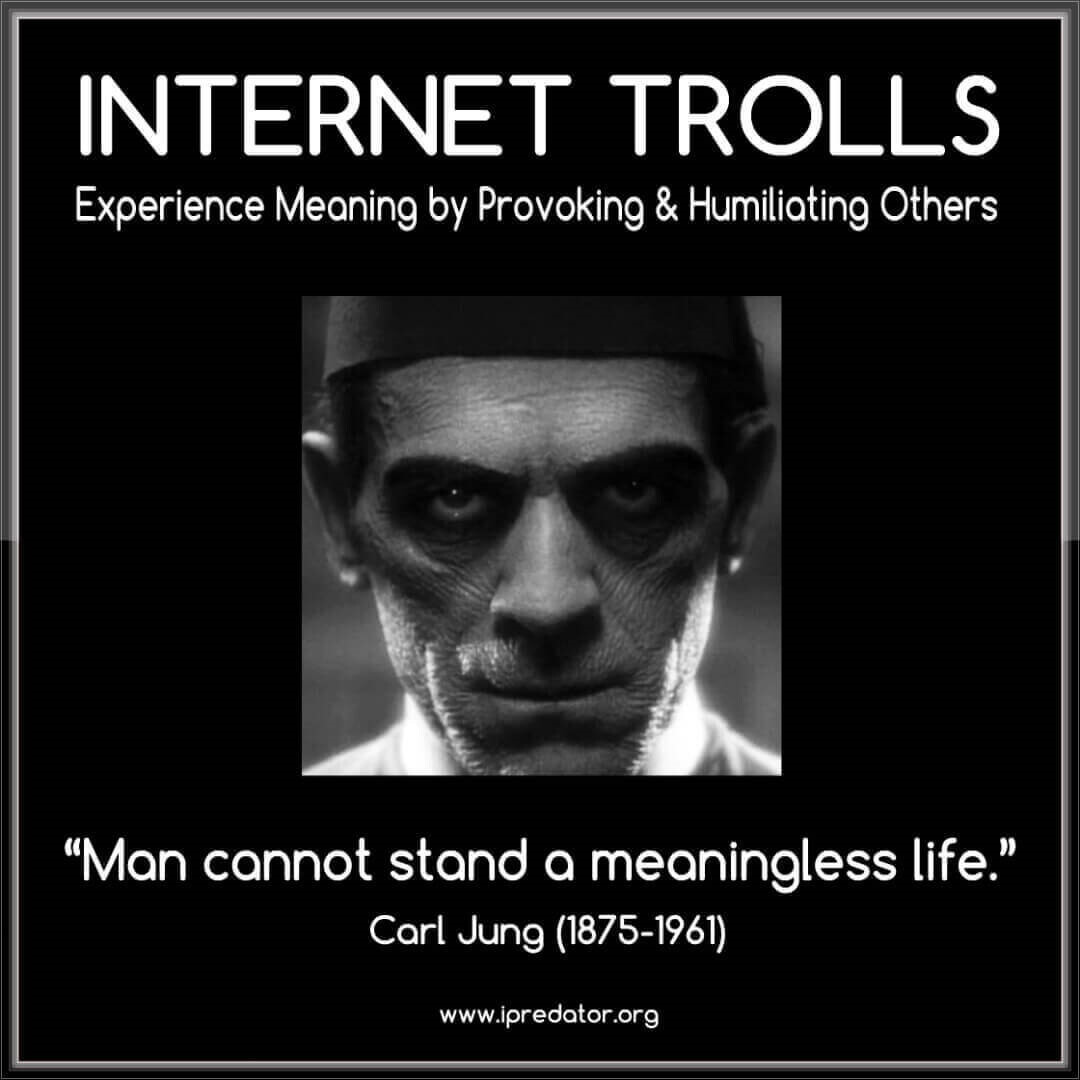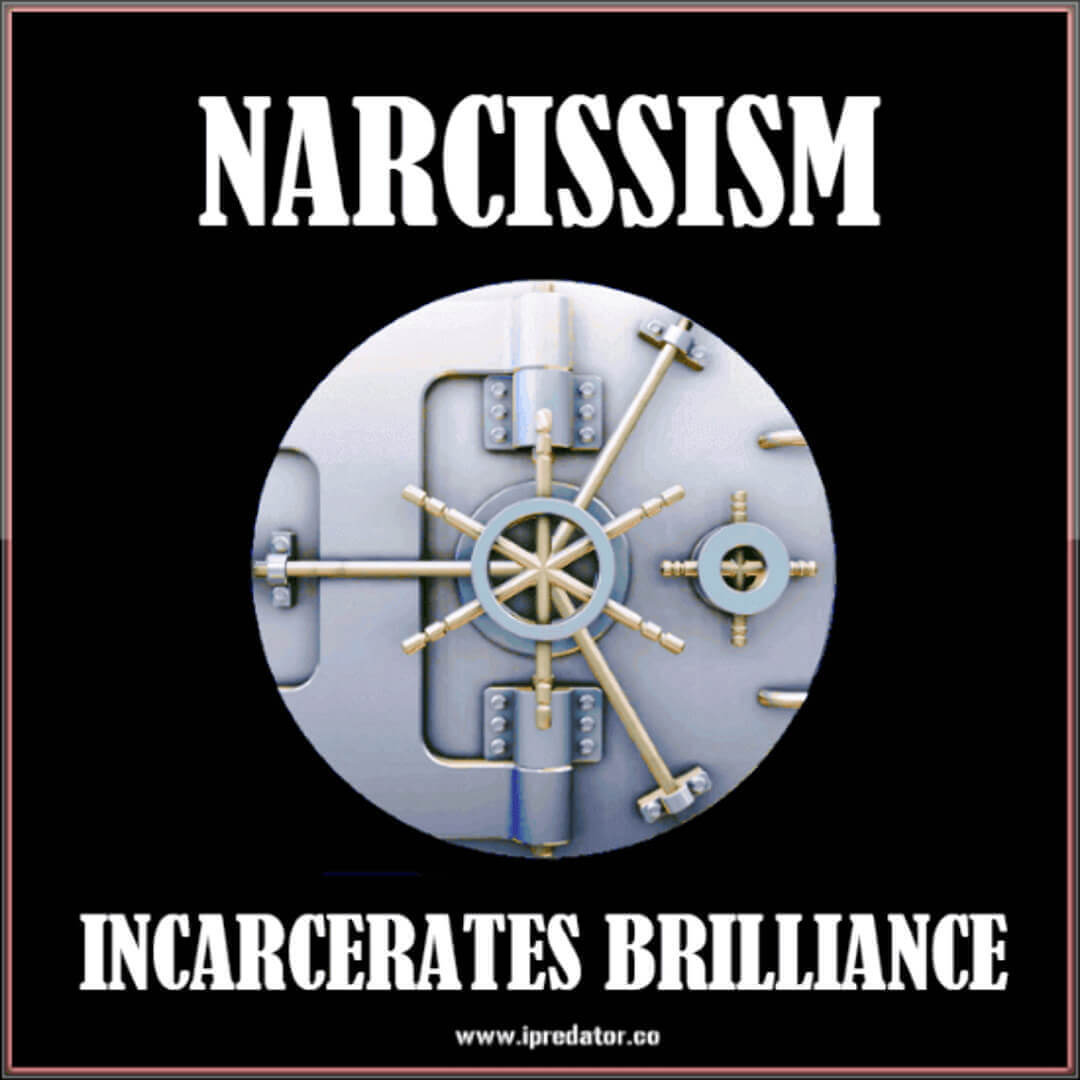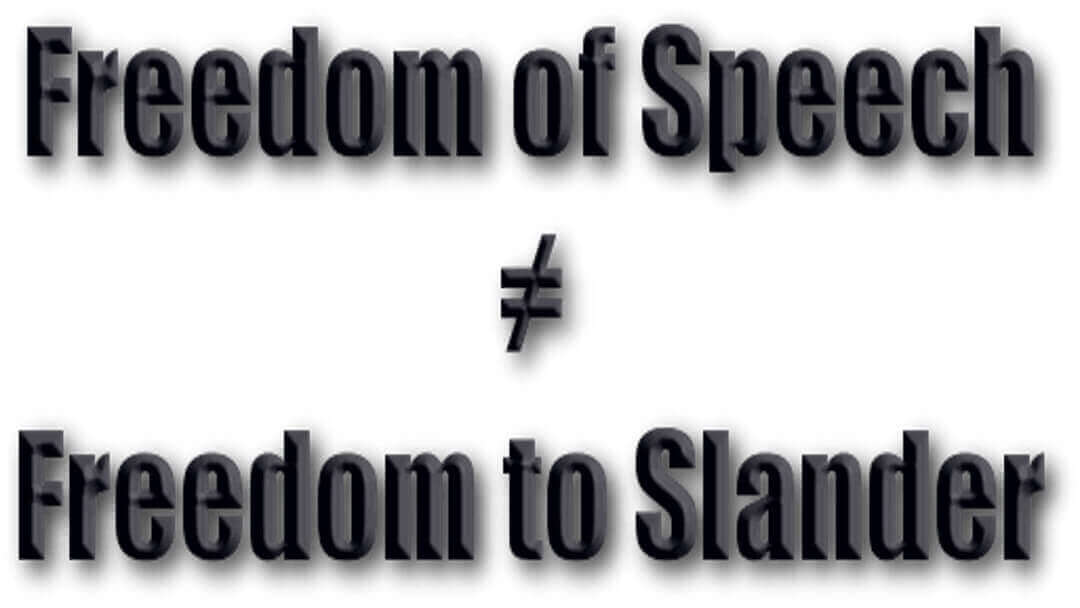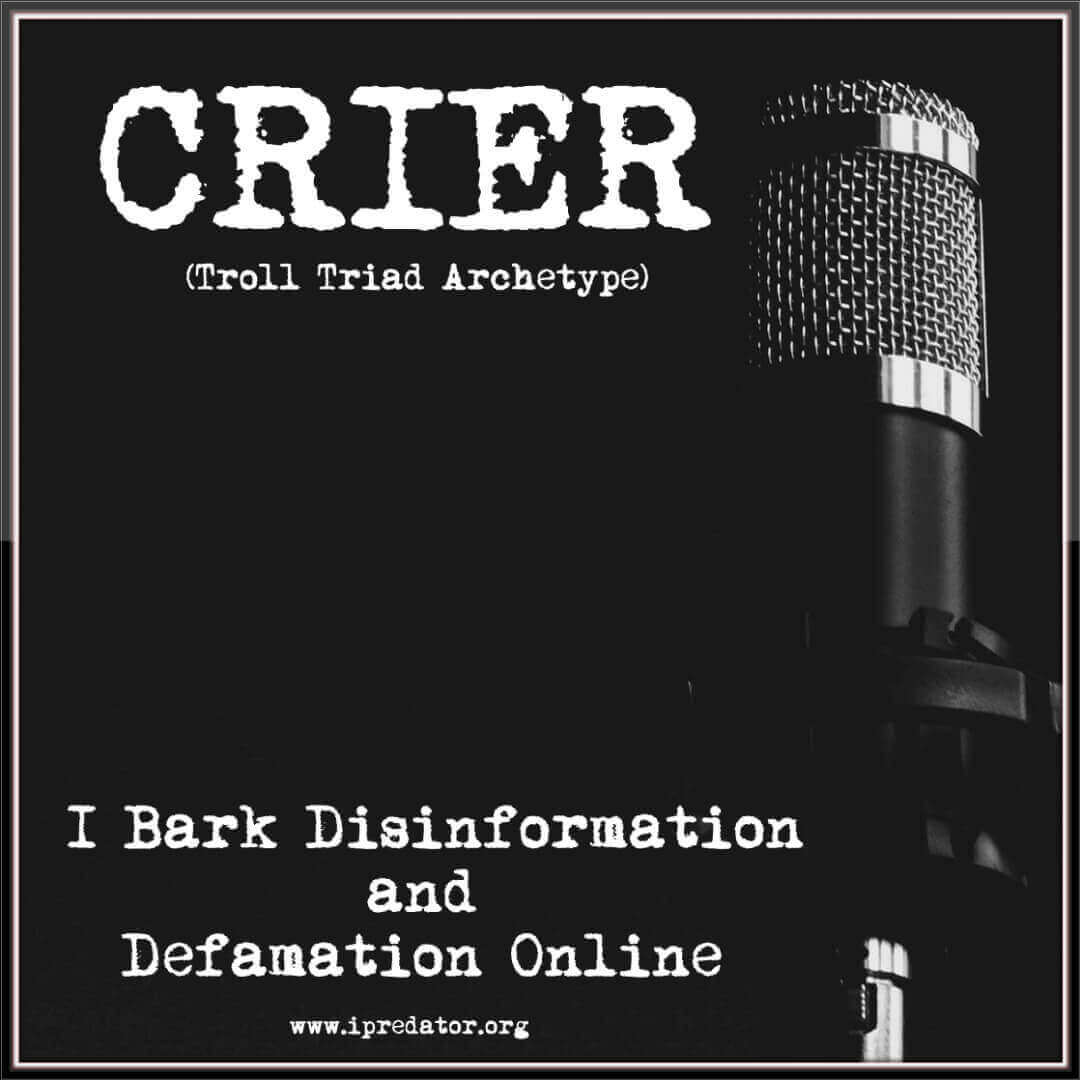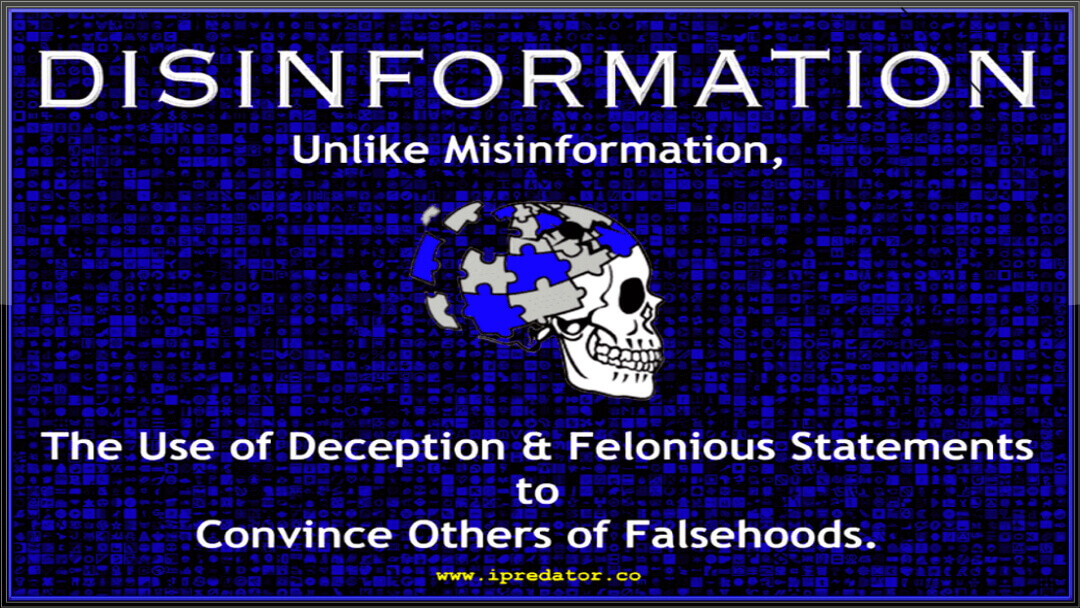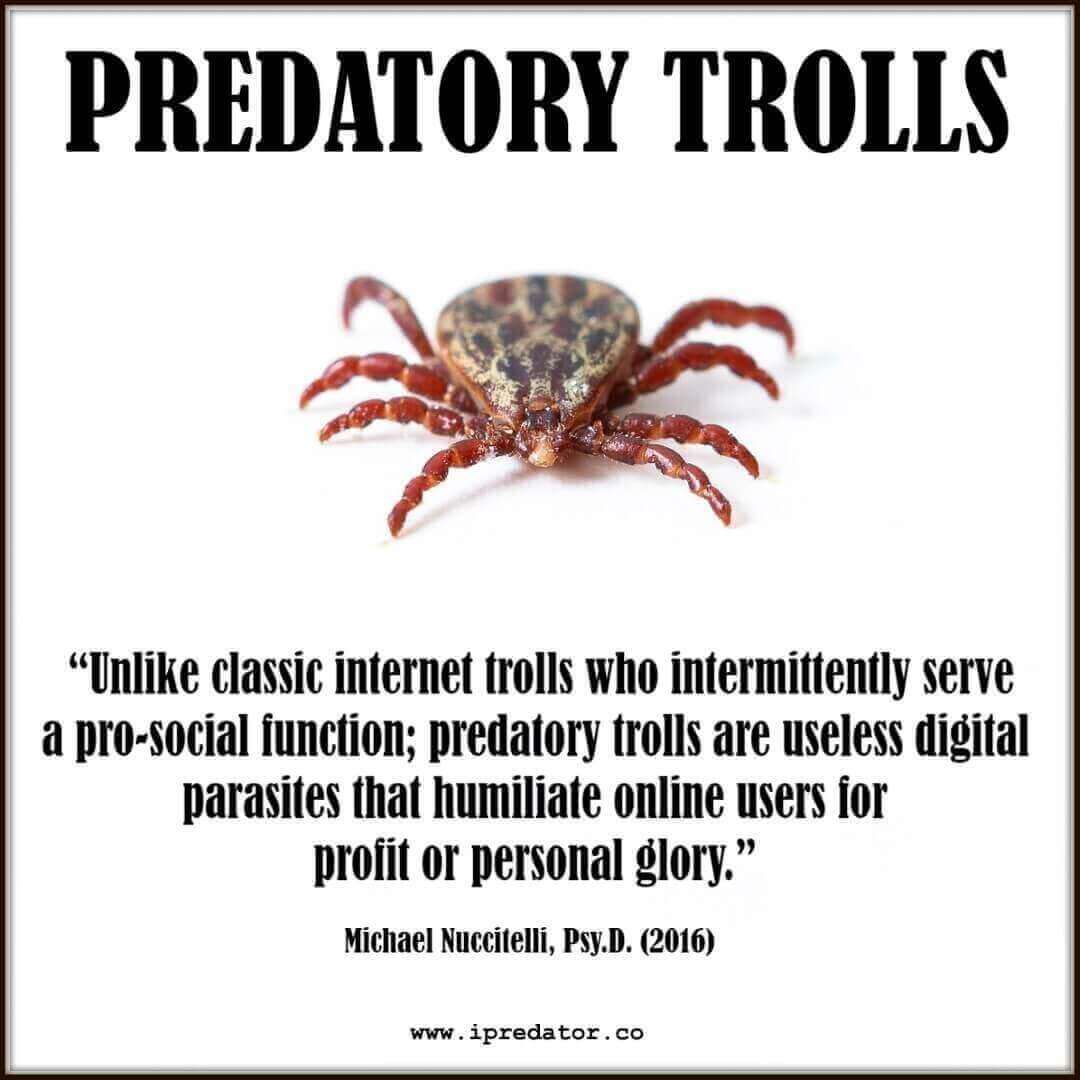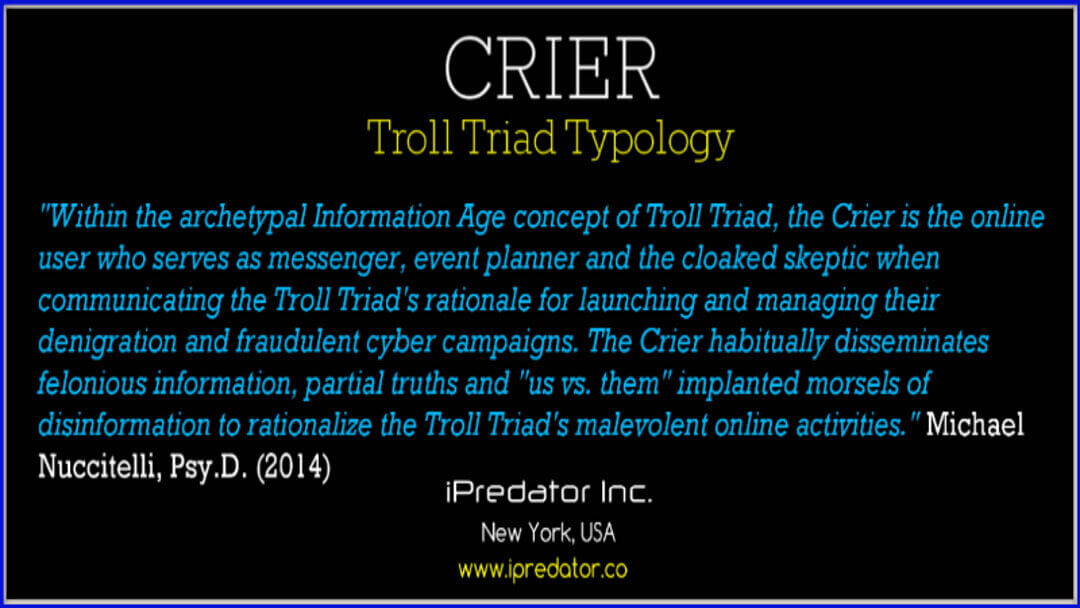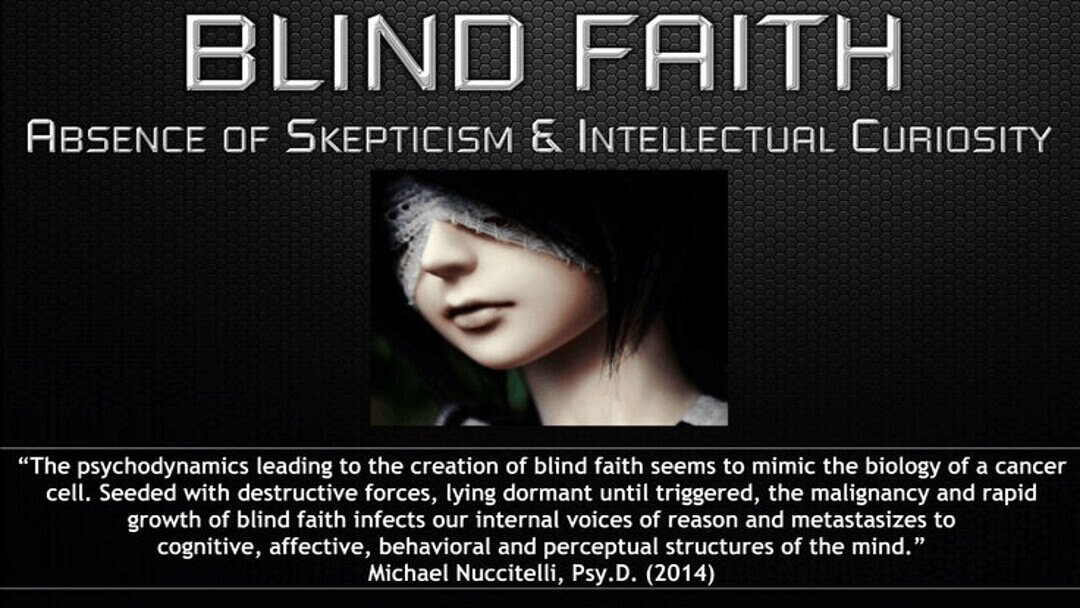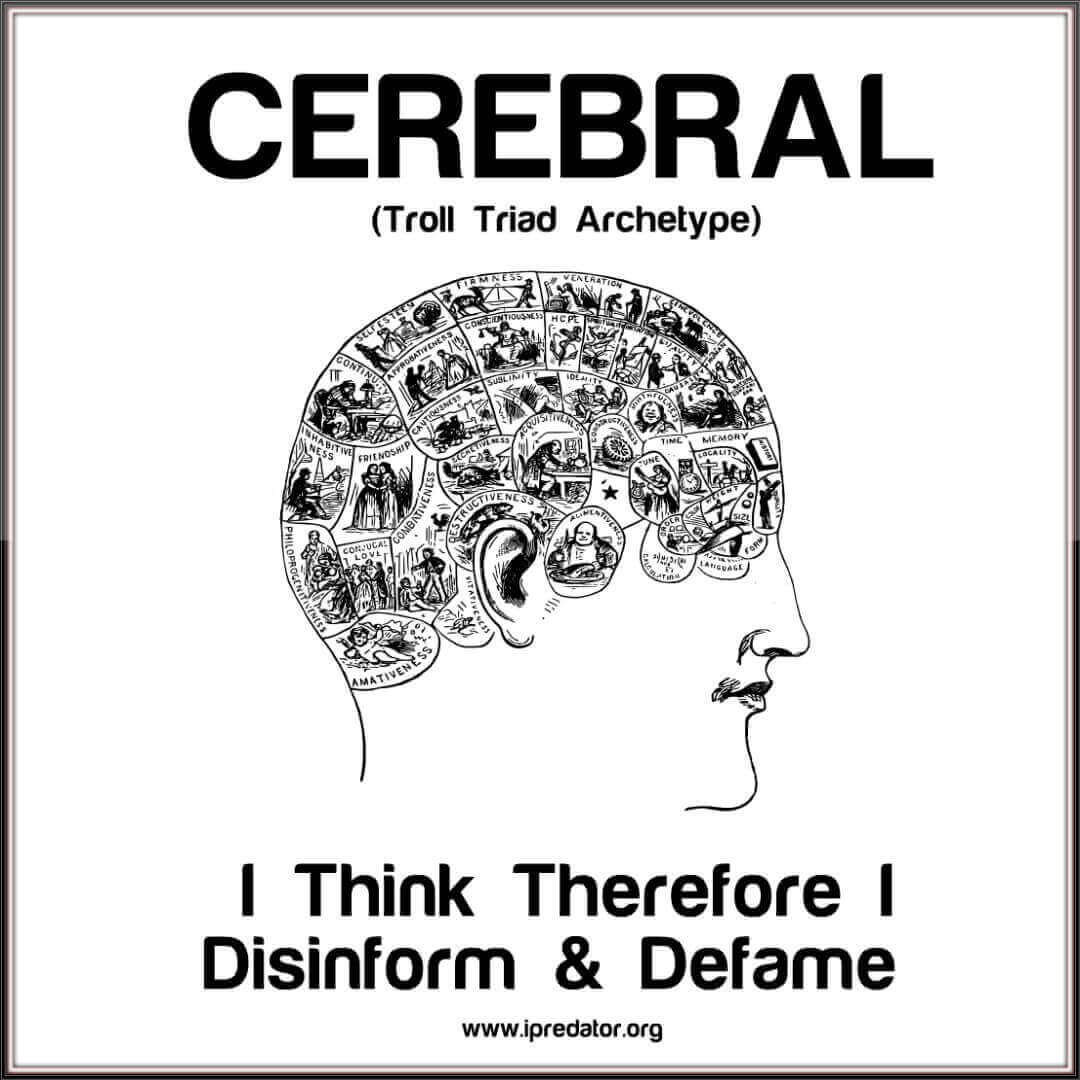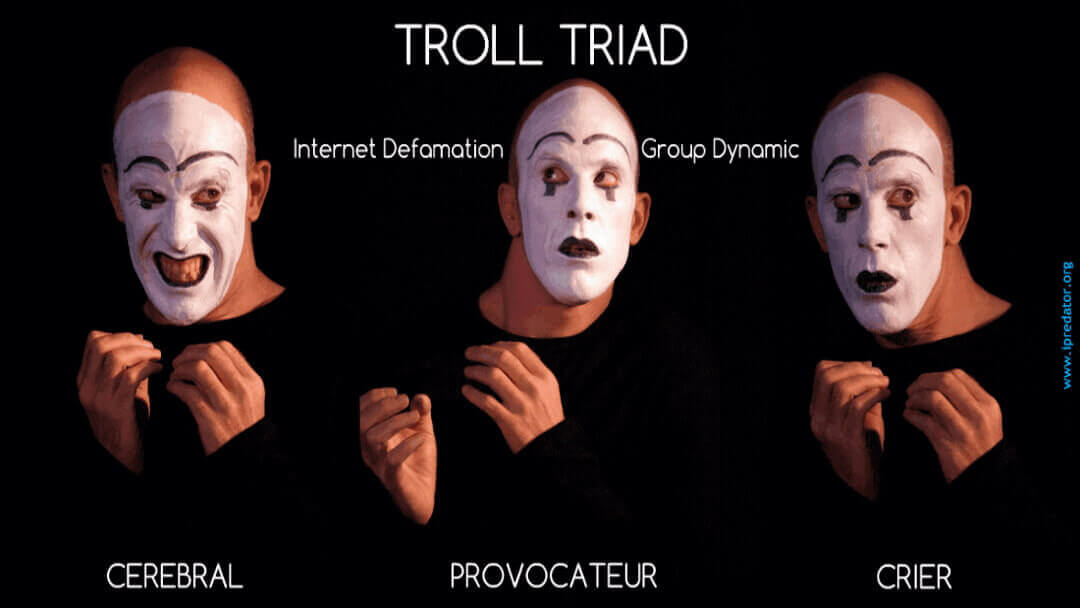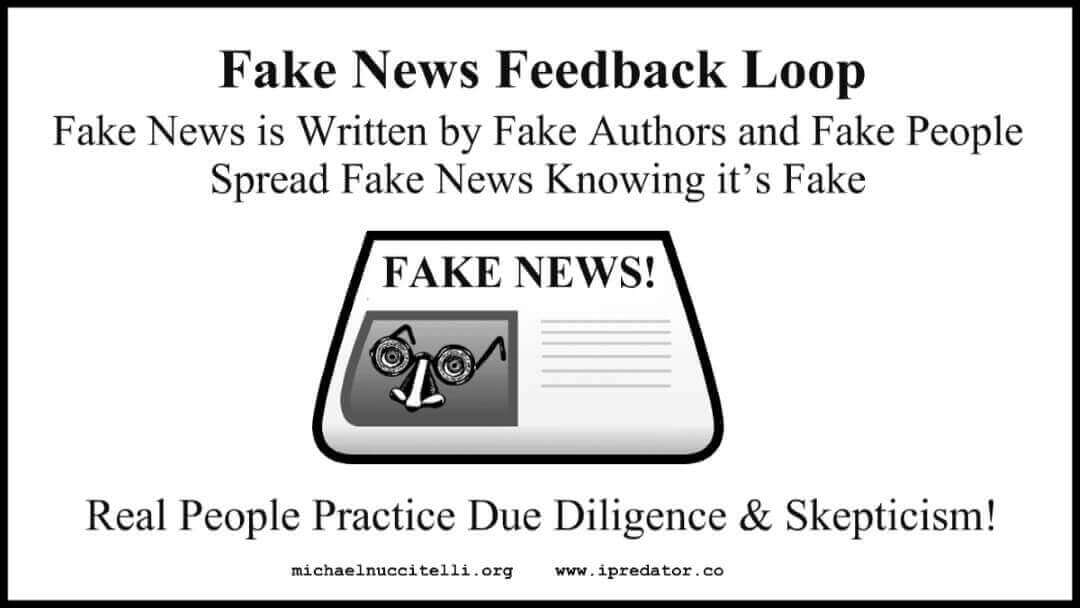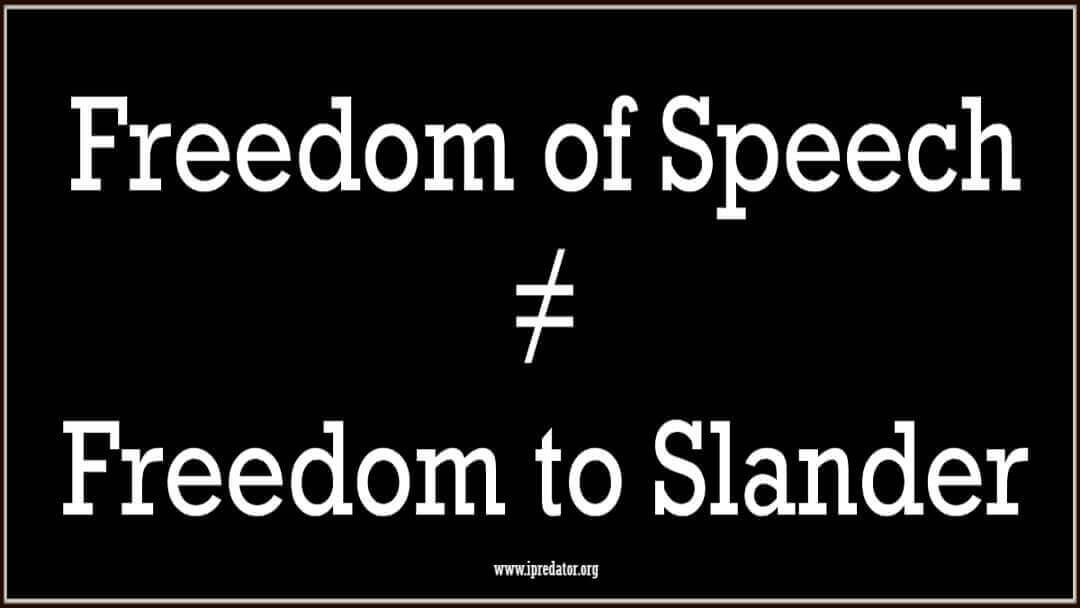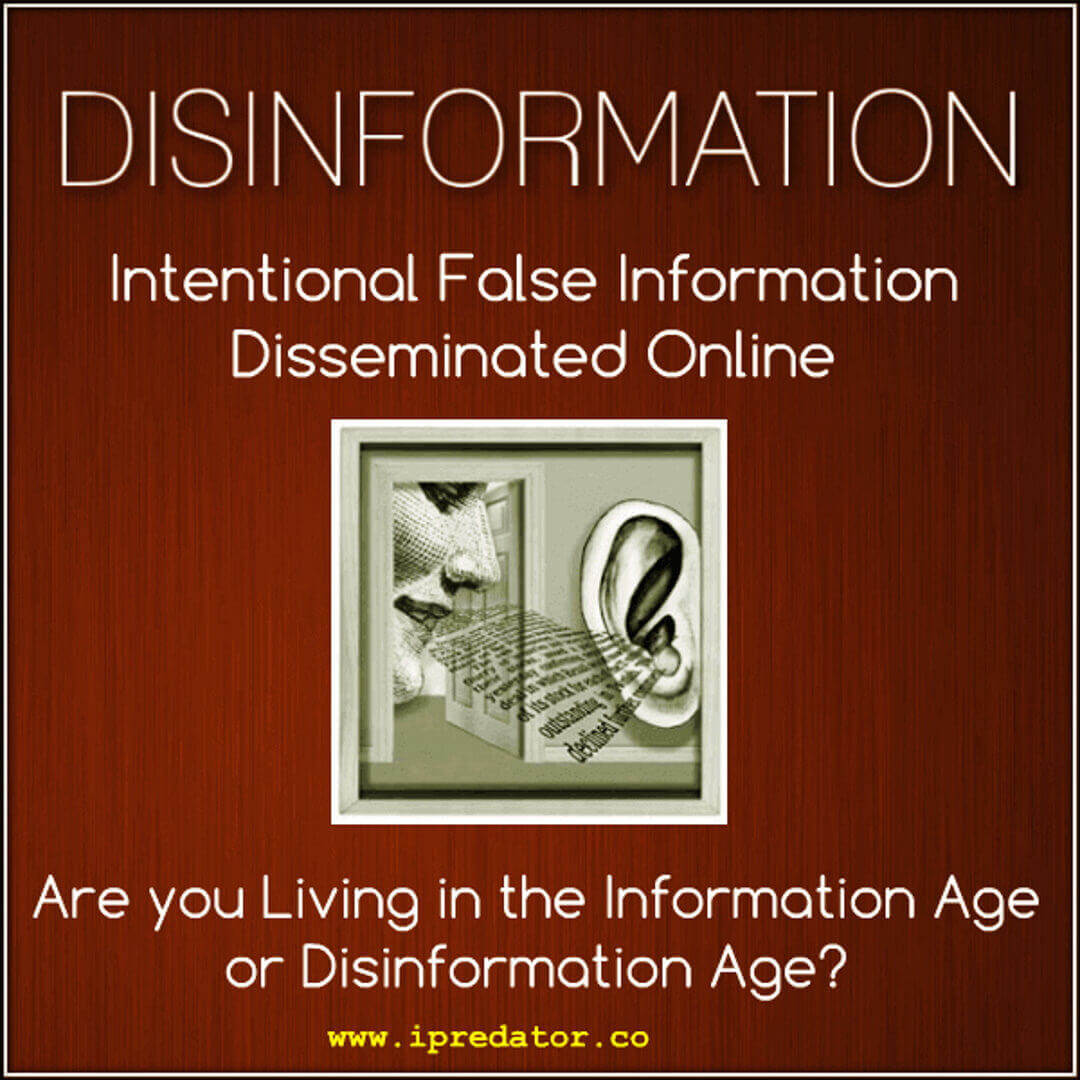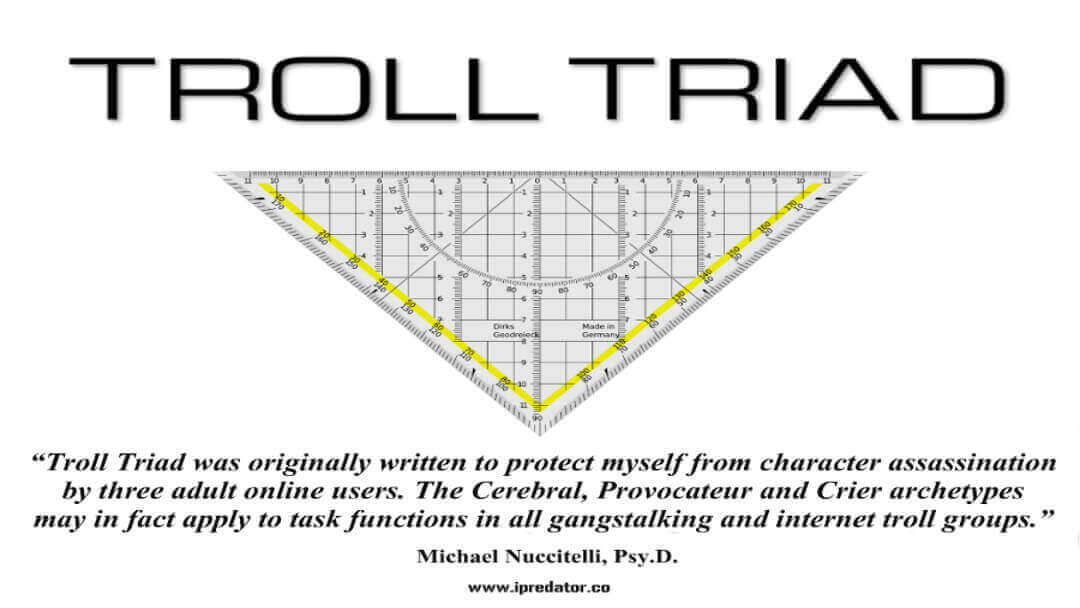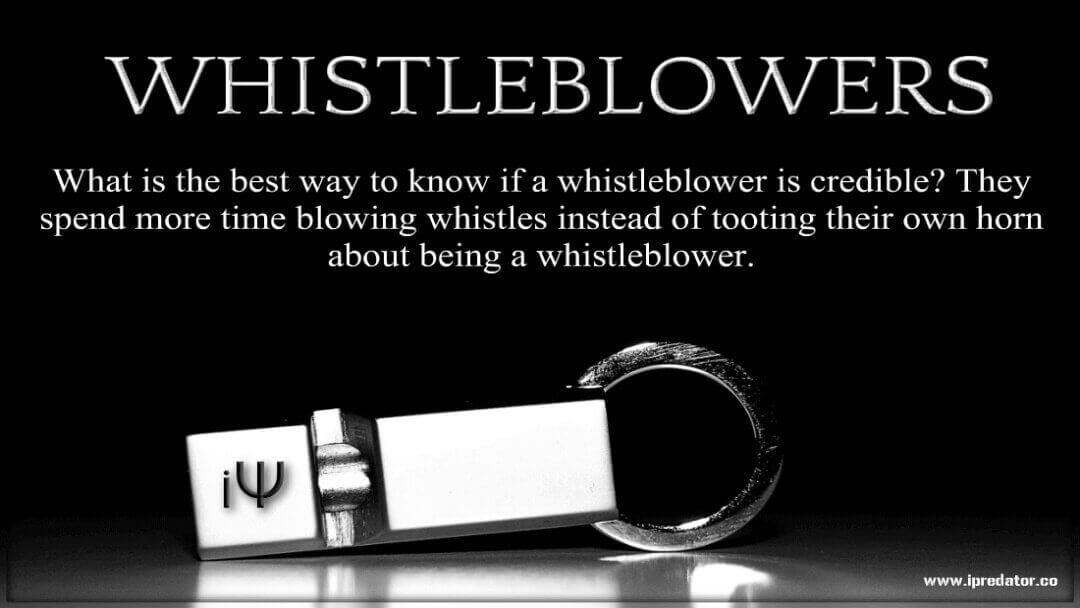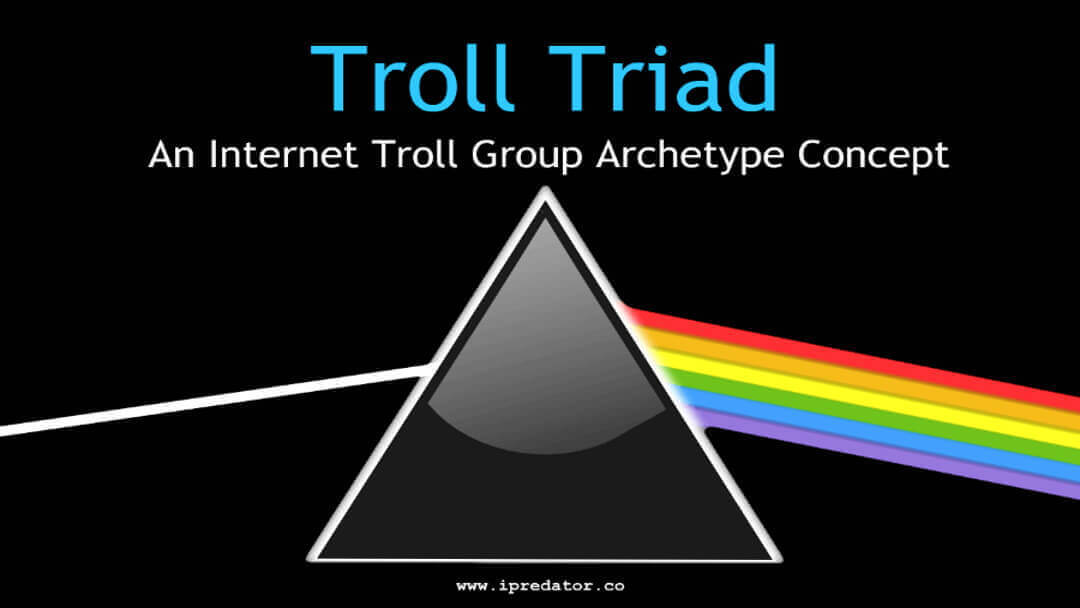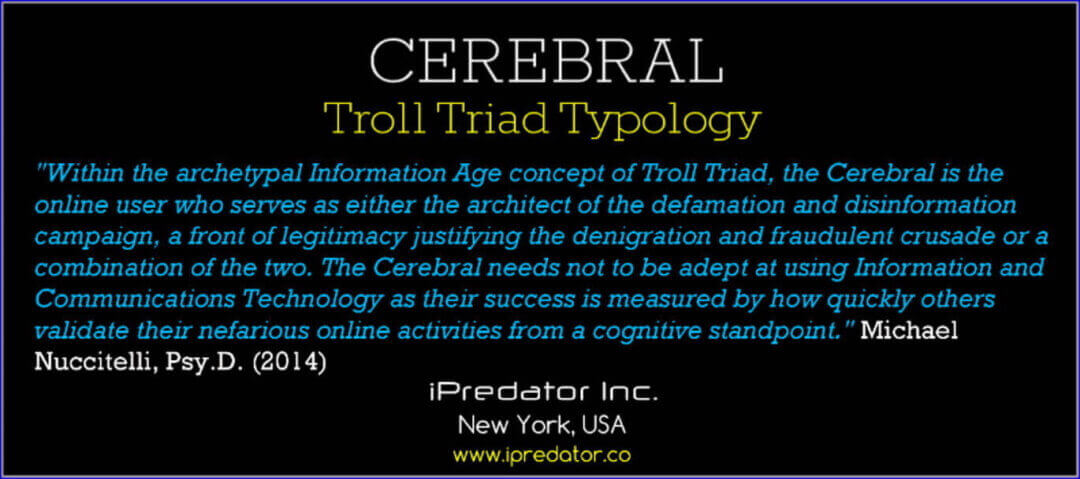
Anders Behring Breivik – Norwegian Spree Killer Revisited
Norwegian Declaration of Severe Madness
A Brief Forensic Analysis of Narcissism and Spree Killer Profiles
by Michael Nuccitelli, Psy.D.
(2011, Updated 2020)

“It has been over nine years since Anders Behring Breivik brutally murdered men, women and children in Norway. Considering the recent Netflix movie “22 July”, I thought I would post my article written shortly after the travesty from 2011. Watching the movie reminded me how horrific it must have been, then and now, for the victims. God bless Norway and all victims of unprovoked violence.” Respectfully, Michael Nuccitelli, Psy.D.
Content Below Authored in 2011 Shortly After the Mass Shooting
Anders Behring Breivik, a 32-year-old Norwegian man can now safely say he’ll go down in the history books as he’s planned, fantasized and believes is his rightful destiny. Not as a cultural hero, celebrity, famous athlete, or political movement catalyst, but as a young deranged narcissistic man who took the lives of 77 innocent Norwegian men, women and children in a brutal act of spree killing violence. In his disordered mind, one day he will be exonerated and received by the world as a savior of European culture.
Mr. Breivik offered no signs of remorse, regret or sorrow for his actions. If anything, he thought it was unfortunate having to murder his fellow countrymen, but necessary for the salvation of the European Nations given the slow and steady take over by Islamic Jihadists. To Anders Behring Breivik, he is following through with the directives of the Knights Templar to eradicate the evil influx of Muslims and fulfill his place as a hero in the annals of European history.

Soon after the murders, he was more concerned about the “numbers” evidenced by his attorney’s disclosure to reporters that Mr. Breivik inquired about the number of people he had successfully murdered. Unable to confirm my suspicions for him wanting to know how many lives he extinguished, I feel strongly still that he was thinking about his body count score compared to other mass murderers I guarantee he researched online prior to the event.
His calculation of carnage he scored won’t be the first nor the last time a mass killer was hoping to become the reigning “king of killers” defined by the number of deaths. Although it would be quite easy to conclude that Mr. Breivik’s actions and lack of remorse for the devastation he caused is evil personified, but the unfortunate reality is his heinous acts are part of a deranged mind fulfilling a highly distorted plan. Mr. Breivik’s plan of terror was evil in action, but not dictated or spawned by evil forces.
Given the global media coverage and regular reminders of Mr. Breivik brutally murdering innocent teenagers while camping, there’s no need to illustrate again the atrocities he’s committed. In January, here in the United States, our country was traumatized by a young man who also brutally shot and killed multiple men, women, children and a congresswoman. It’s now 7 months since his mass murder, and Jared Loughner, the Arizona Shooter, has been determined to be unfit to stand trial.
I can recall that state of our country for the two plus months after his attack being contacted by local and national radio shows to help educate their listeners on how a young man could commit such a heinous act. For those 2-3 months, Jared Loughner’s name, life, history and mass murder details were covered 24 hours a day by all news media around the clock.
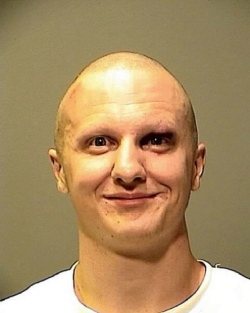
Although my recollection of the daily news stories now melds together with each passing month, I will never forget when news agencies posted his head shot that was taken by authorities. This image of Mr. Loughner will be in criminal justice textbooks 200 years from now. As you can see by his smug smile, he was quite proud of what he perceived was his grand accomplishment.
The country was traumatized where some wanted the Arizona Shooter promptly executed, some wanted him to get help for his obvious psychotic illness and others simply wanted the horror of what he did to disappear. For that brief time in our country’s history, shock ruled the day because we couldn’t mobilize “up in arms” of a rogue nation taunting us or some type of homeland disaster to join as a national emergency response team fighting the wrath of nature. America was left to deal with the reality of a young man from Tuscan, Arizona causing a national paralysis in January 2011.
It’s now 7 months later, and we come to find out a peaceful country in the Netherlands, Norway, is experiencing the same national post-traumatic stress response from a young man who brutally murdered and injured innocent citizens. As Anders Behring Breivik sits incarcerated somewhere in Norway, I wonder if the smile on his face, as he sits in solitary confinement, is one of sheer joy, ecstasy or a humble grin of a sense of accomplishment like Jared Loughner.
For Mr. Breivik, the next 8-12 weeks will be the most enjoyable time of his life, despite being incarcerated and both hated and pitied by the rest of the planet. As a forensic and criminal psychologist, I’ve spent the last ten years studying criminal, deviant and psychiatric illnesses as it relates to forensics and criminology. Although I don’t reside in the country of Norway, I’ve compiled a criminal/psychological profile on Mr. Breivik to help the confused and perplexed gain additional insight into mass murderers, spree killers, sociopathy, narcissism and madness.

The reader must understand that the data I’ve compiled has been obtained from my hours spent online visiting, downloading and investigating all the information being disseminated from the Norwegian public and global community. If you find some of the minute details wrong, please disregard and focus on what I’m confident to put forth that Anders Behring Breivik meets the profile of a spree killer with narcissism as a central theme.
Unlike Jared Loughner who compiled a minimal paper trail with scant video footage describing his shadowy world and dissociative rants & thoughts, Anders Behring Breivik compiled enough data for a criminal forensics’ library. Although I’ve only had the opportunity to investigate this spree killer for 10-12 hours at the time of writing up my conclusionary finding, I’m amazed at the amount, type and quality of information I’ve been able to obtain from a simple online investigation.
Although a plethora of details will surface about Mr. Breivik over the coming 8-12 weeks, I’m confident the conclusions I discuss today on 7/27/11 will, at a minimum, be a framework for those interested on how a criminal and forensic psychologist attempts to develop a criminal profile with minimal information and investigative approach.
Because I don’t have access to information and details of this case other than my research online, I will present my theories and speculations in a free form manner intermixing psychodynamic theories, behavioral analysis observations, social media analysis, spree and mass murderer patterns, personality characteristics, and other relevant information on developing a profile of this disturbed young man.
Remarkably like Jared Loughner’s first image taken after his apprehension, Mr. Breivik poses with a facial expression of accomplishment and self-assuredness. Although there’s no voice track to the photo post above, I can see in his demeanor he’s quite proud and satisfied of his extraordinarily distorted belief of his “grand accomplishments.”
Given Mr. Breivik planned, premeditated and coordinated the murders of Norwegian citizens at two separate locations; he would be categorized here in the United States as a spree killer. Although the terms are often used interchangeably, the official criminal profile would define him as a spree killer, but rampage, mass murderer and mass killer are also certainly descriptive of his evil actions.
My conclusionary findings suggest he’s not psychotic, thought disordered or severely mentally ill as his attorney recently announced but fits the profile of a spree killer/rampage killer on multiple fronts. In the simplest way possible, Anders Behring Breivik is an incredibly self-absorbed man who was pathetic, lonely, isolated with deep seated rage towards his country. Having his computer and a Facebook profile, he created an image of himself being the proverbial “Knight in Shining Armor” he envisioned in his own distorted mind and believed his online ramblings and “Manifesto” would go viral being read and respected globally.
Although not confirmed, I have a strong suspicion Mr. Breivik was not an absolute socially avoidant person, but clearly was extremely quiet, reserved and private about most of his affairs, internal thought processes, day to day interactions with peers, and aspects of his life he wasn’t passionate about. I would venture to guess he spent most of his social time and energy online either emailing peers and colleagues, posting information at his Facebook profile, and the most obvious, spending hours upon hours alone fantasizing about his Knights Templar image and writing his 1500-page manifesto. This ridiculous fantasy and evidence of his “Alice in Wonderland” mind can be seen in the picture below showing him armed for action.
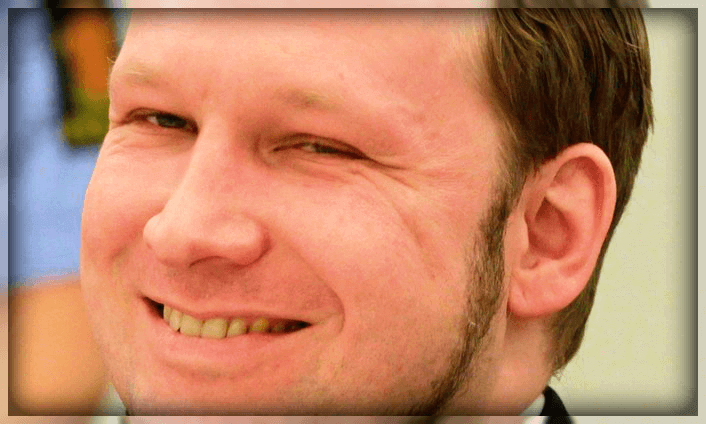
Forensic evaluations by psychiatrists and psychologists will conduct extensive psychiatric examinations concluding Mr. Breivik may suffer from narcissistic personality disorder, an agitated depression or possible Bipolar Disorder. It’s also possible doctors may diagnose him with Personality Disorder (Not Otherwise Specified) which is given when the respondent exhibits maladaptive patterns of behavior but doesn’t fit in one of the personality disorders outlined in the DSM-IV or ICD-10. Despite his representing attorney already claiming he suffers from severe psychiatric illness, Mr. Breivik can still be perfectly sane and commit mass murder without suffering from Schizophrenia or severe Bipolar Disorder with Psychotic Features.
Given Mr. Breivik belonged to a gun club, owned multiple firearms (a Glock pistol and an automatic rifle), 32 years old and a fan of violent video games, former neighbors reporting he had sometimes been seen in “military-style” clothing, proudly posted images of himself in military apparel with an assault weapon and allegedly threatened someone from his community with a firearm at one time strongly suggests he experiences a deep fantasy life. I guarantee he believes he’s a “moral mercenary,” progressive and authoritative community activist, a protector for the Norwegian and European people and a visionary meant to change the world.
Although it appears obvious one of his prime motives for his spree killing was motivated by what he espouses as political and societal degradation, I guarantee within time, information about Mr. Breivik will reveal either some childhood or adolescent traumas or some other highly distressful event(s) that lead him to feel powerless, helpless, marginalized, disrespected, angry and/or humiliated. Regarding his targets, choosing children to murder suggests a deeper personal modus operandi not rooted in political and societal themes.
Mr. Breivik bombed a government building filled with adults, which would be expected in a home terrorism attack. From there, he traveled to an island to brutally murder scores of adolescent males and females. This event is suggestive of something was problematic in Mr. Breivik’s life when he was in his child or teen years. Although sexual/physical/psychological abuse by others can traumatize a child or adolescent, events not typically viewed as traumatic events can also impact a child if their genetic and psychological makeup makes them hypersensitive to those types of environmental variables.
As many criminologists, social scientists and psychologists will suspect, the question to be answered is if Mr. Breivik suffers from a severe Axis II Personality Disorder called Narcissistic Personality Disorder (NPD). To meet criteria for Narcissistic Personality Disorder, he would have to meet the following criteria as described in the DSM-IV (Now DSM-5) as follows:
- He has a pattern of reacting to criticism with shame, humiliation or rage.
- He takes advantage of other people to achieve his goals.
- He has excessive feelings of self-importance.
- He exaggerates his achievements and talents to others.
- He’s preoccupied with fantasies of enormous success, power and intelligence.
- He has unreasonable expectations of always being treated favorably.
- He needs constant attention, admiration and recognition.
- He disregards the feelings of others and has little ability to feel empathy.
- He has obsessive self-interest.
- He mainly pursues selfish goals.
- Having all or some of the criteria listed above causes Mr. Breivik difficulties in relationships, problems with work, issues with family and possible legal trouble.
Based on the above criteria of NPD, I would venture to suggest Mr. Breivik suffers from a severe form of Narcissistic Personality Disorder. If the Norwegian forensic evaluators concur with my diagnostic hypothesis, this suggests one of the primary motivating factors causing Mr. Breivik to commit such an atrocity would be his deep-seated rage at others for not paying attention to him disguised by his political and societal ramblings.
I strongly suspect Mr. Breivik suffers from severe Narcissistic Personality Disorder and deep repressed rage and/or agitated depression. I don’t think any of these mental illnesses would classify him as incompetent to stand trial. If in fact he does suffer from any of the disorders I’ve posed as reasonably diagnostics, there is no state in the United States that would find him incompetent to stand trial. Not knowing the Norwegian legal system, I have no way to confirm how their judicial system defines psychiatric illness and rulings on competence to stand trial.
Although I haven’t found any information to date on Mr. Breivik’s peers or loved ones reporting of his behaviors, I still strongly believe Mr. Breivik fits the quintessential profile of a spree and/or rampage killer. I would venture to state that, if he does have a peer group, they will confirm that over the course of weeks and/or months leading up to the mass killing event, he was increasingly becoming more isolative. Mass Killer experts have confirmed that leading up to the actual event, the killer spends increasing amount of time and energy isolating as he actively premeditates and plans his tactical strategy for the target day.
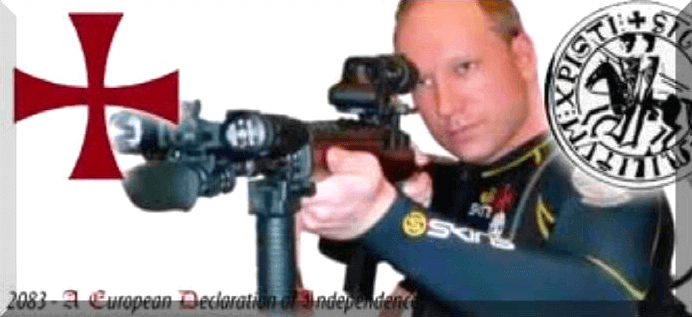
Research into the profiles of mass murders and spree killers have yielded various traits, factors and emotional experiences common amongst a high percentage of these assailants. Investigation by the Norwegian authorities through interrogation and interviews with peers, coworkers, significant others and family members will divulge many of the following signs if in fact Mr. Breivik fits the classic profile of a spree killer.
- He exhibited a gradual and/or noticeable change towards social withdrawal.
- Peers, loved ones, colleagues and/or in his writings indicated an expression of being treated unfairly, feeling unheard by others and others didn’t prioritize his priorities as highly as he did.
- Peers, loved ones, colleagues and/or in his writing expressed feelings of being persecuted by others or other groups leading him to become more paranoid and untrusting.
- Peers, loved ones, colleagues and/or in his writings expressed he increasingly blamed others, other systems, other cultures and other political groups causing him stress and concern.
- Peers, loved ones, colleagues and/or in his writings expressed he increasingly was experiencing extreme chronic stress causing him to feel a sense of powerlessness and helplessness.
- Peers, loved ones, colleagues and/or in his writings expressed he increasingly was experiencing a lack of emotional support from friends and family, extreme disappointment, frustration and failure.
- He reported feeling an inability to cope with life and its disappointments or feeling that life had become hopeless.
- He planned, fantasized, and desired revenge against those who had caused him some type of harm.
A comment Mr. Breivik’s attorney made to the community offered significant insight and telltale signs Mr. Breivik is both highly narcissistic and planned and premeditated his expected infamy. According to Mr. Breivik’s attorney, he was both interested and questioned how many people he murdered in his rampage. The reason for this is that many mass killers planning to commit such an act research other mass killing and strategize to become the killer with the highest body count. Given Mr. Breivik exhibited minimal remorse or guilt, it’s highly likely his questions about the number of people he murdered is related to his internal competition.
The primary area I feel led Mr. Breivik to commit these atrocious acts is his proclivity to engage in fantasy. Fantasy and semi-dissociative states are quite common amongst mass killers and I guarantee Mr. Breivik’s entire life is played in his mind and quite different than his reality. Involving grandiosity of some sort, mass killers have compelling fantasies where they can control the world or omnipotent in some fashion resembling God. Looking through his Facebook page, it isn’t hard to see how a 32-year-old man engaged in fantasy with violent video games, movies of warriors and heroes, music soundtracks from warrior movies and a multitude to date of evidence suggesting Mr. Breivik engaged, and still does, in fantasy often.
As more information about Mr. Breivik is released to the public; a classic profile of the spree killer will be confirmed. Although Jared Loughner, the Arizona Shooter, is classified as a mass murderer given his attack occurred at one location, he and Mr. Breivik are the same in psychological construct. Both men were isolative, viewed themselves as omnipotent and were fixated with weapons. The differences, between these two men, are their age and lifestyle. As Norway attempts to move on with normal life, the coming months will be a classroom for all their citizens on spree killers and their facets of madness.
“One person with belief is equal to the force of 100,000 who have only interests.” Anders Behring Breivik, Twitter 7/17/11

Michael Nuccitelli, Psy.D.
Michael Nuccitelli, Psy.D. is a NYS licensed psychologist, cyberpsychology researcher and online safety educator. In 2009, Dr. Nuccitelli finalized his dark side of cyberspace concept called iPredator. Since 2010, he has advised those seeking information about cyberbullying, cyberstalking, cybercriminal minds, internet addiction and his Dark Psychology concept. By day Dr. Nuccitelli is a practicing psychologist, clinical supervisor and owner of MN Psychological Services, PLLC. After work and on the weekends, he volunteers helping online users who have been cyber-attacked. Dr. Nuccitelli’s is always available to interested parties and the media at no cost. This website and everything created by Dr. Nuccitelli is educational, free and public domain.



